When the postmark above was stamped on a letter in 1875, there had already been a post office at Kirkton of Largo for more than half a century. Known simply as 'Largo Post Office' and opened in 1824, it was the only one in the parish. However, at the time that this envelope was stamped there was an active campaign to establish a second post office, at Lower Largo. The folks of the lower village had long been dissatisfied with the postal arrangements, as the piece below from the 16 December 1869 Fifeshire Journal tells us.
A public meeting took place to discuss whether to call upon the Postmaster-General to review arrangements in the area. Interestingly, Benjamin Philp (corn merchant) and David Russell (flax manufacturer and seed crusher), both of whom had business interests connected with Largo harbour, were actively involved. The petition highlighted the larger population of Lower Largo and Lundin Mill compared to Upper Largo as well the distance between Largo railway station and the post office in the upper village. The suggestion was that existing arrangements were inefficient and that a solution would be "opening an office in Lower Largo".
However, it was not until 10 March 1884, fifteen years after the petition, that Lower Largo post office finally opened. In the lead up to the opening, the matter of a premises for the post office and a suitable postmaster had to be settled. Once again it was Benjamin Philp who had a hand in facilitation. It would appear that he had the buildings of Defoe Place erected in the early 1880s, with space within it being earmarked for the post office. Handily situated close to both the harbour and the railway station it was the ideal location. The maps below show the site before and after construction of Defoe Place (the buildings of form 3-17 Main Street today).
The 16 February 1884 Fife News item above announced that Alexander Welsh would run the Post Office Savings' Bank and Money Order Office for Lower Largo. Fifty-six-year-old Welsh was a local draper and from 1884 combined his general draper business with running the post office in the new premises, which was rented from Benjamin Philp. The article below from 13 March 1884 Fifeshire Journal reports the opening of the post office on 10 March, highlighting that there were a few initial issues. A lack of evening deliveries and separate mailbags were among the complaints. There was also a feeling among the folks of Upper Largo and Newburn that post master John Marr at Kirkton had been unjustly treated by the opening of a second post office in the parish.
Arrangements must have settled down eventually and Alexander Welsh remained as post master (and draper) until his death in August 1892. Benjamin Philp died later the same month. Lower Largo post office continued under John Welsh, son of Alexander. John retired in 1934, passing on the role of post master to his son Laurence Welsh, who continued for many years thereafter as a third generation post master. The post offices of Upper Largo and Lower Largo were later joined by post offices at New Gilston in 1894 and Lundin Links in 1896. Now none of the four remain.
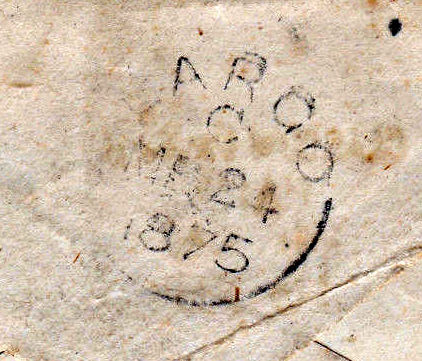
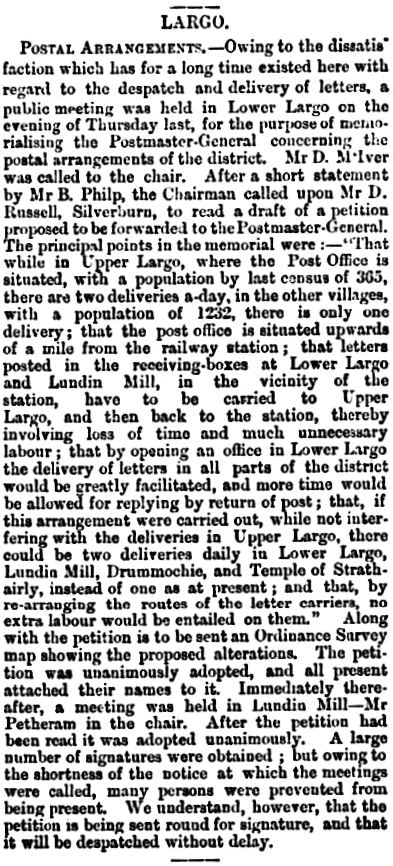
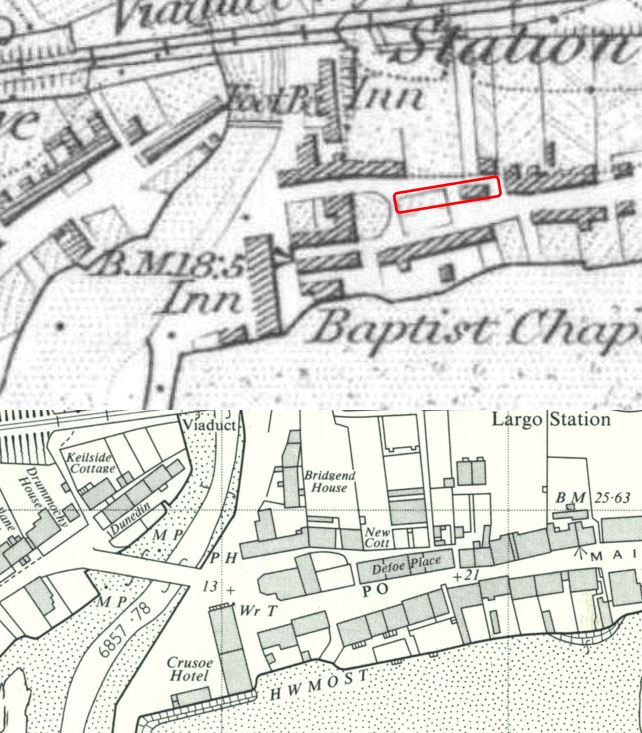
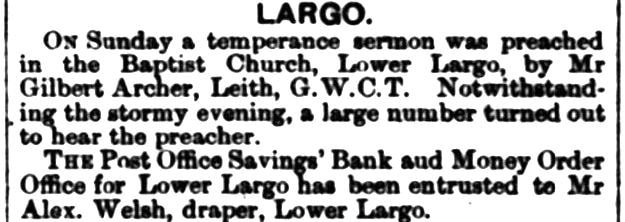
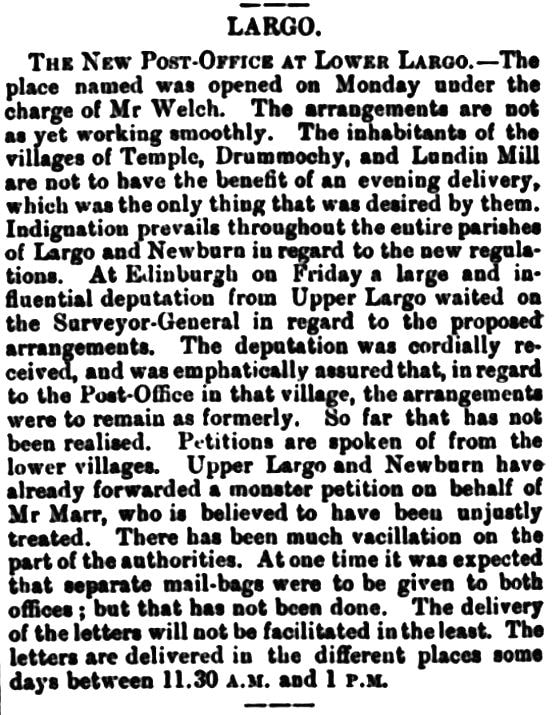
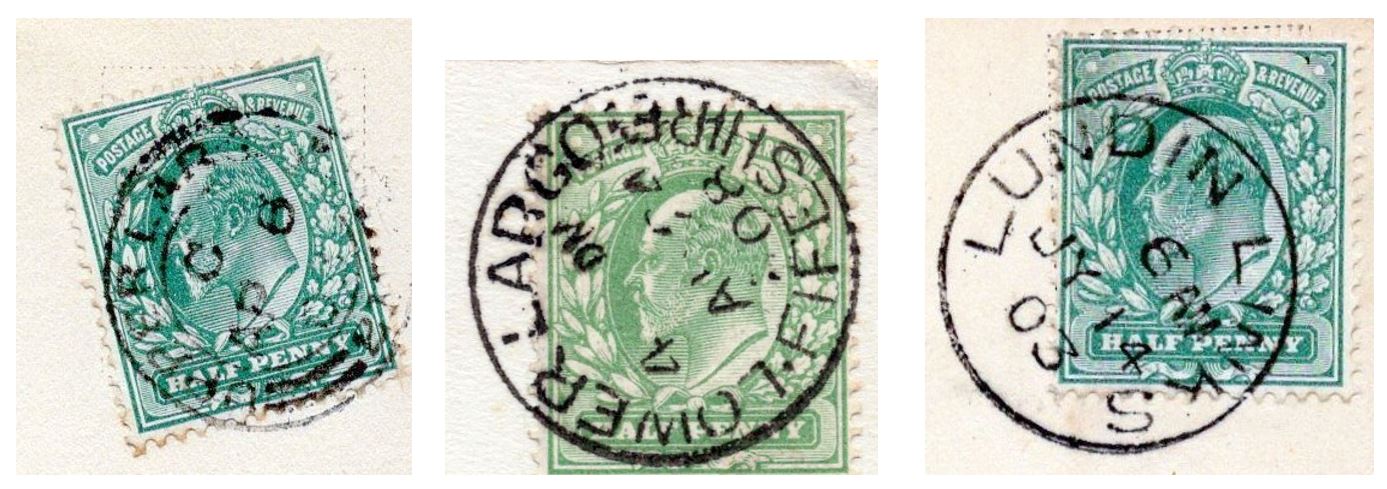
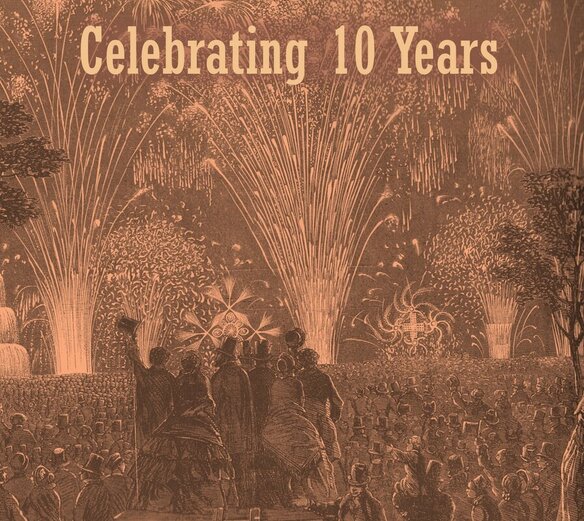
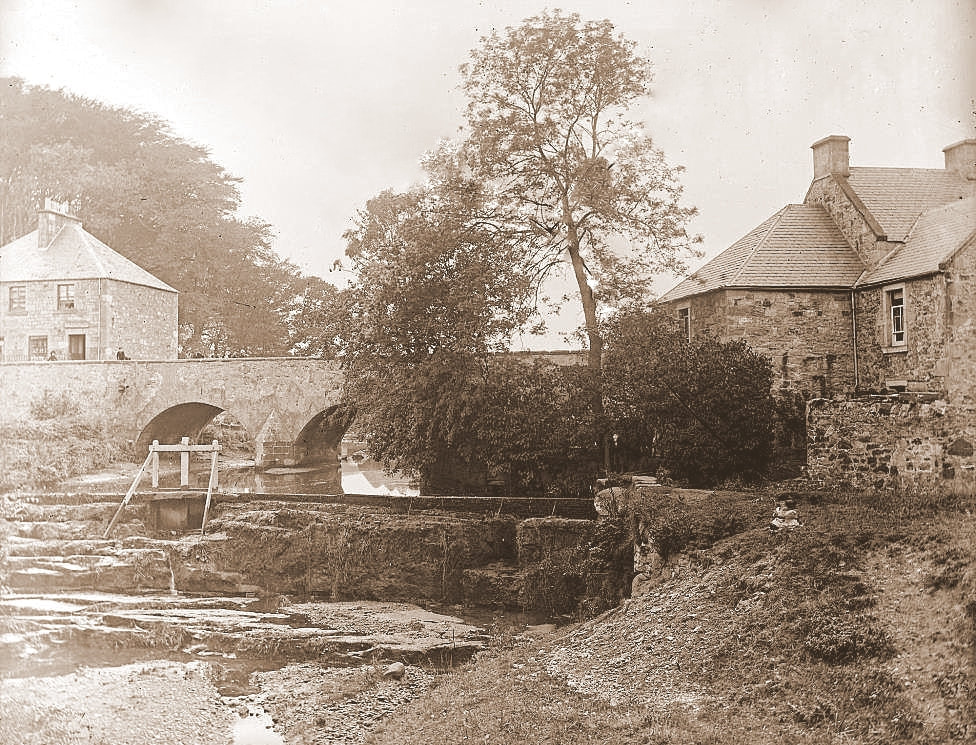

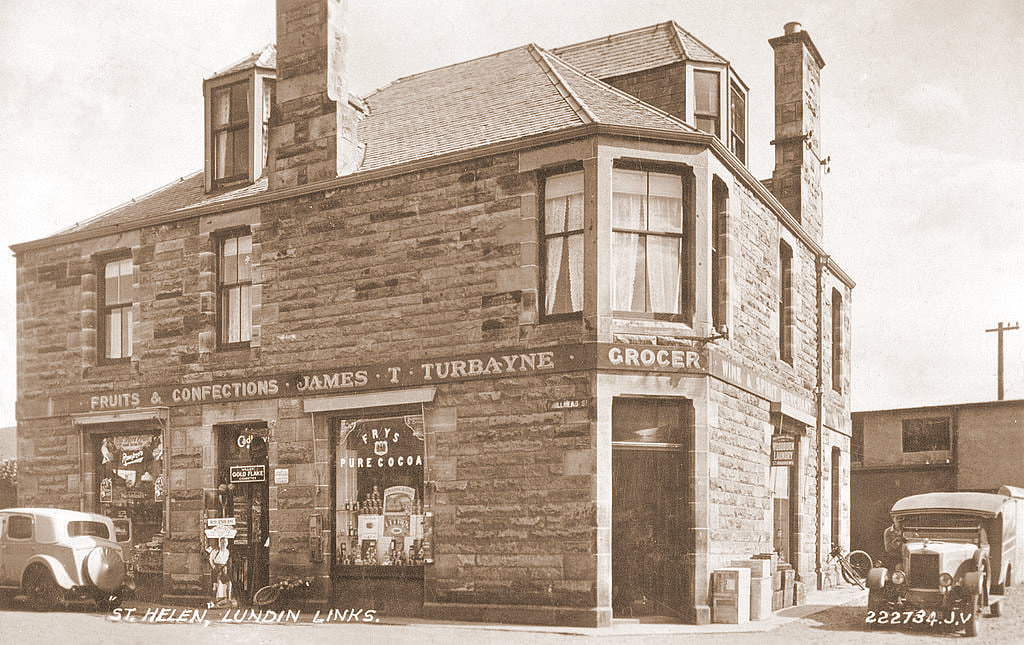
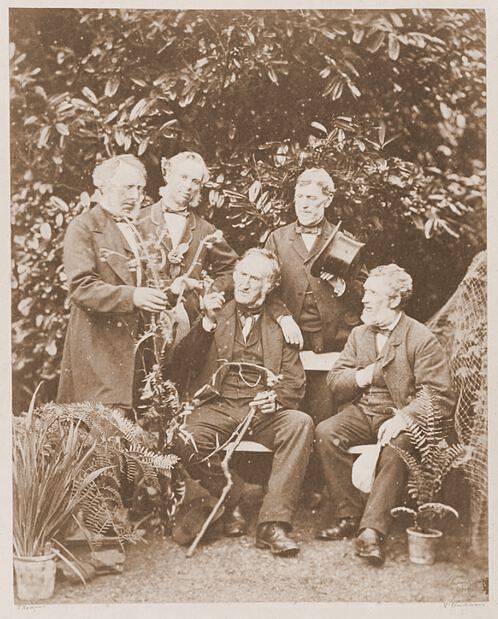
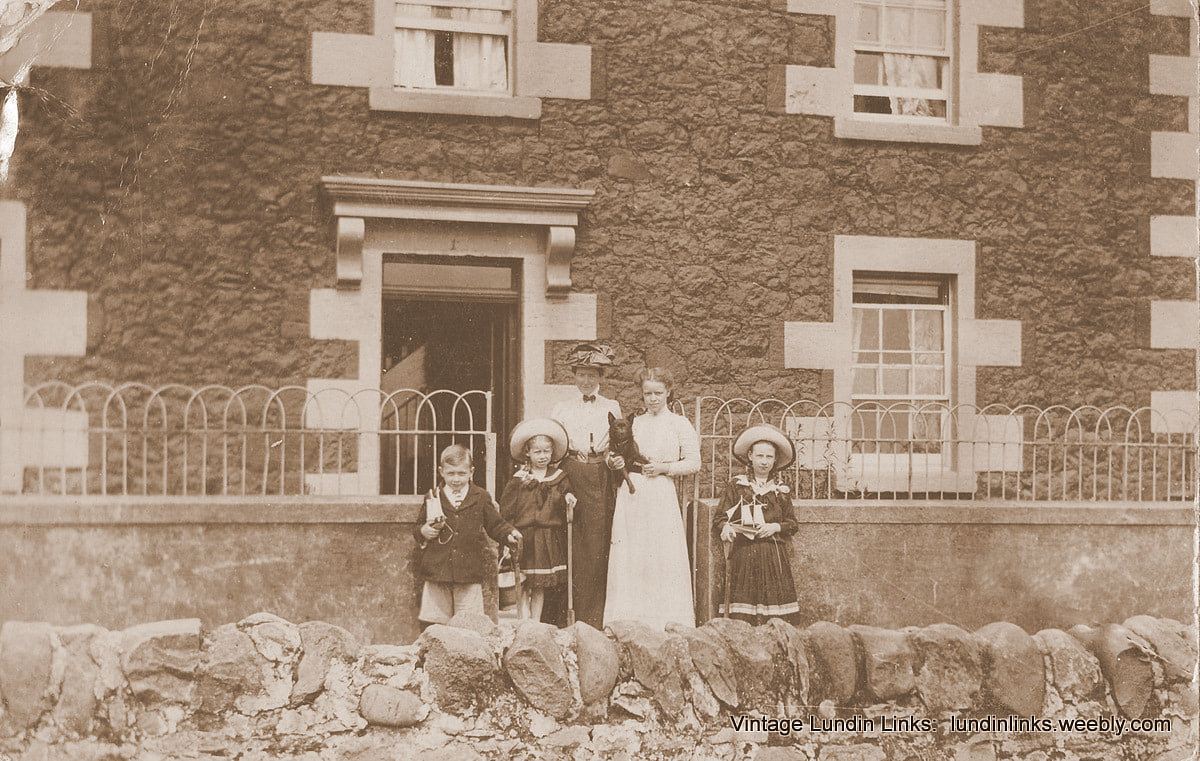
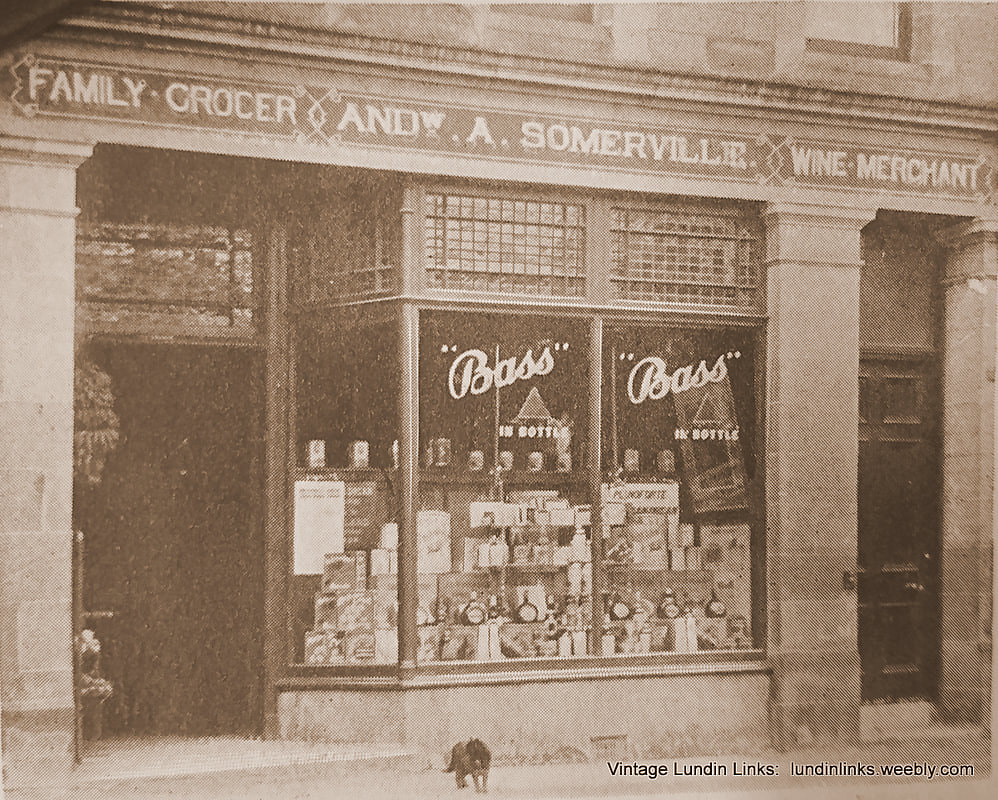
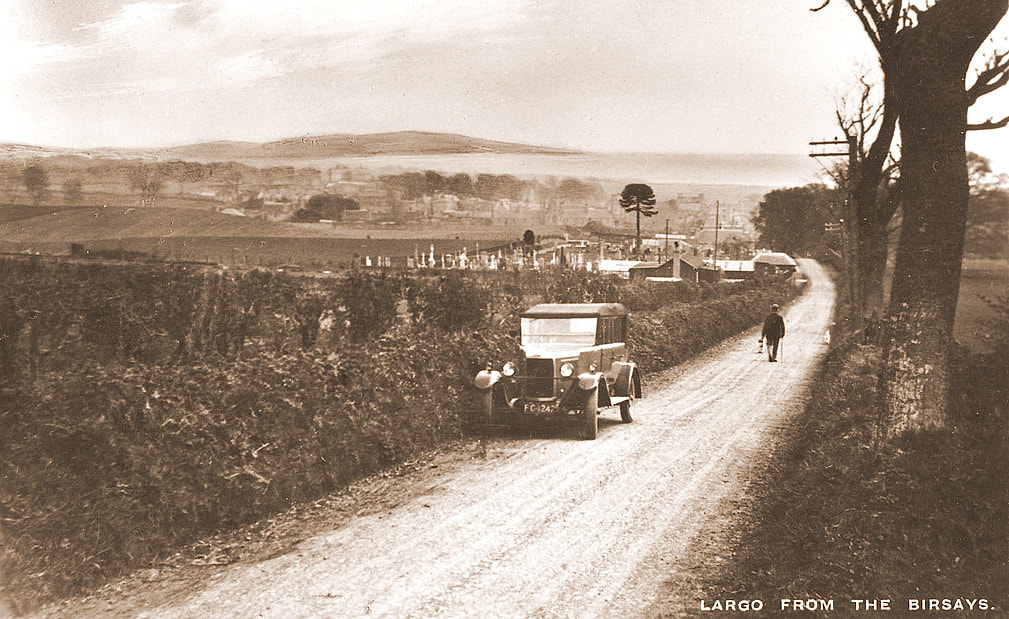
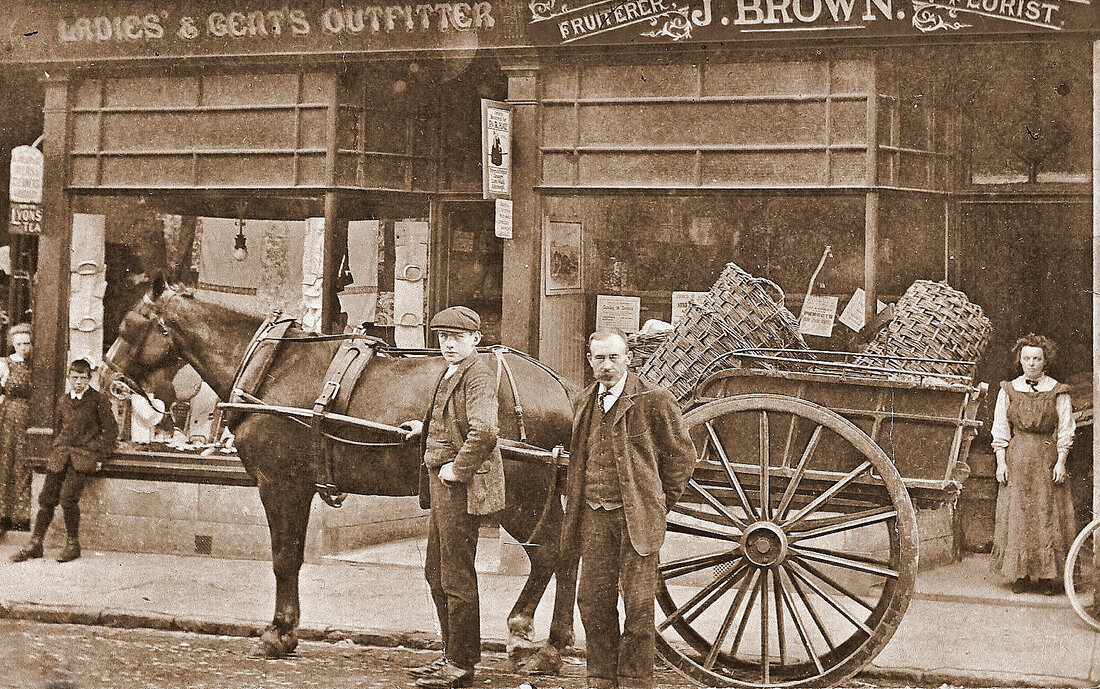
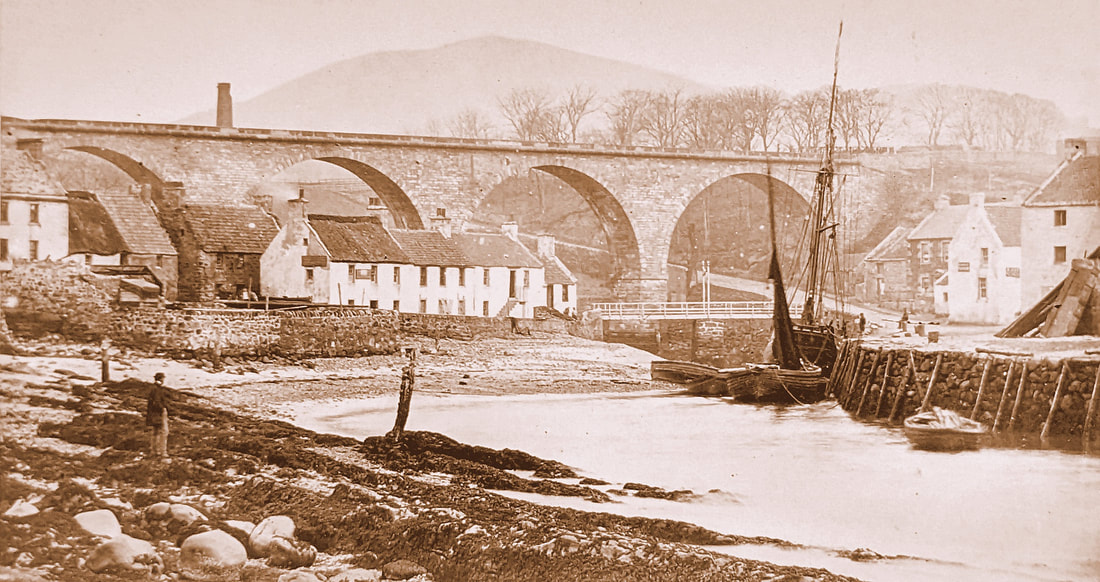
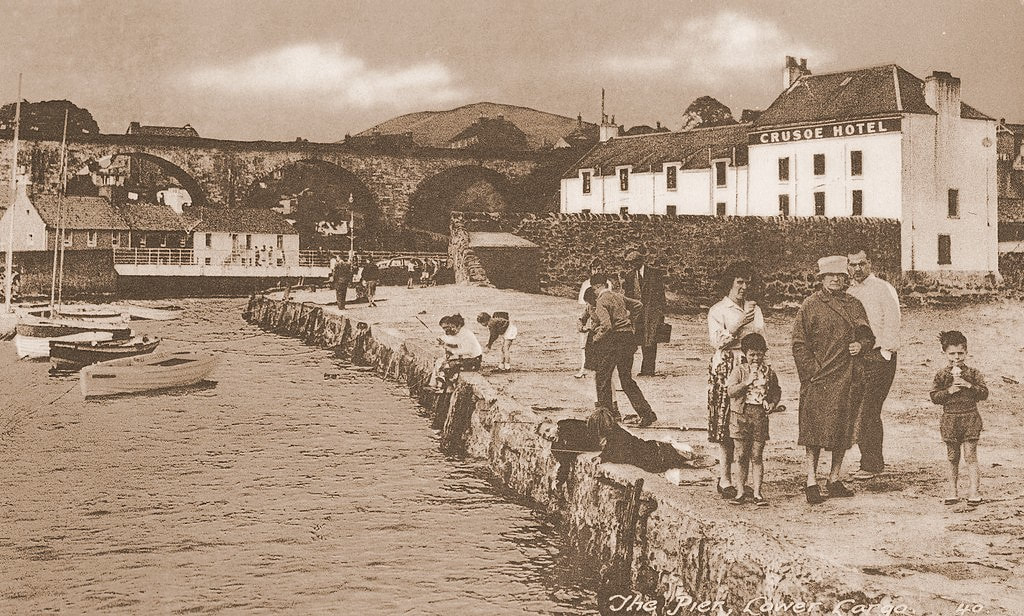
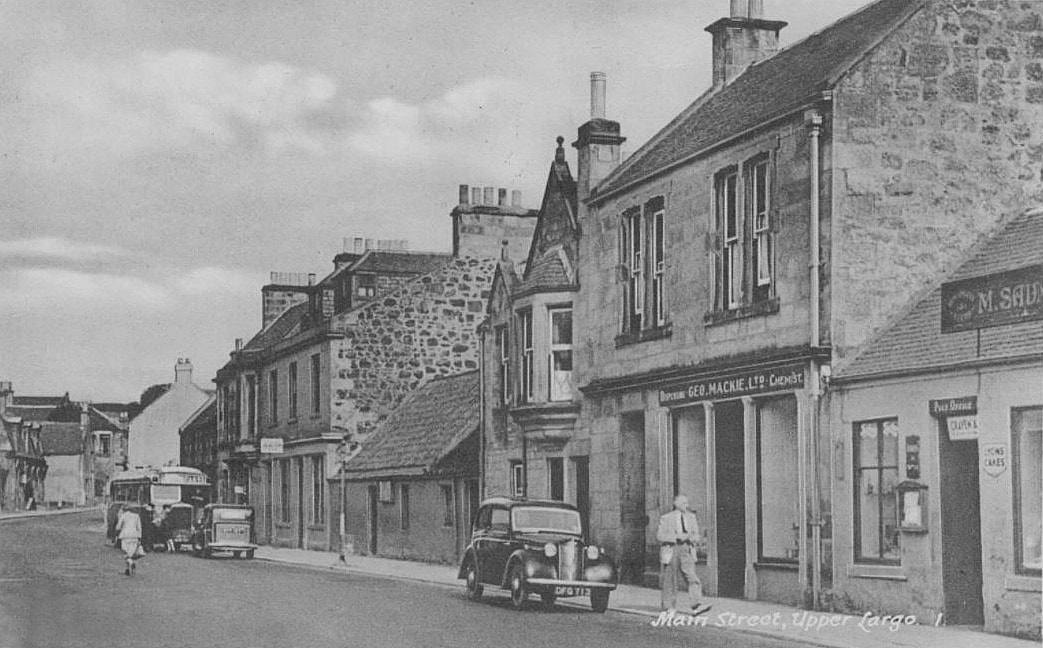
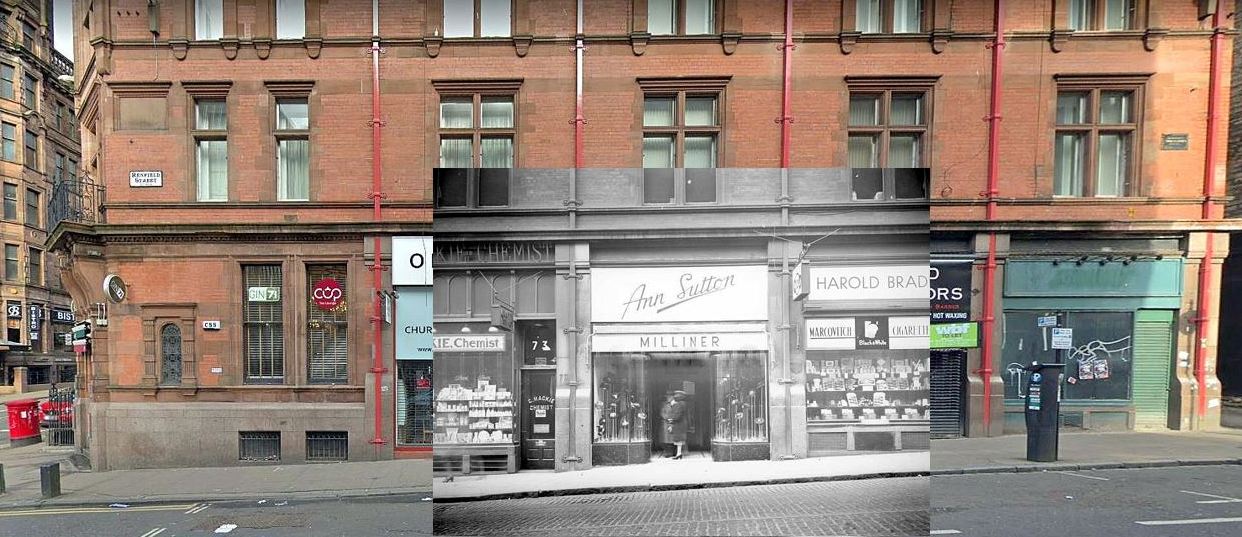
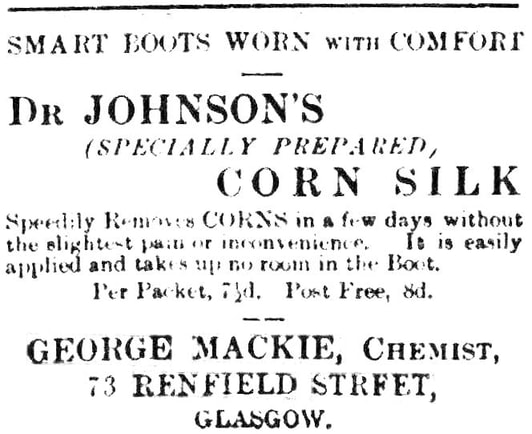
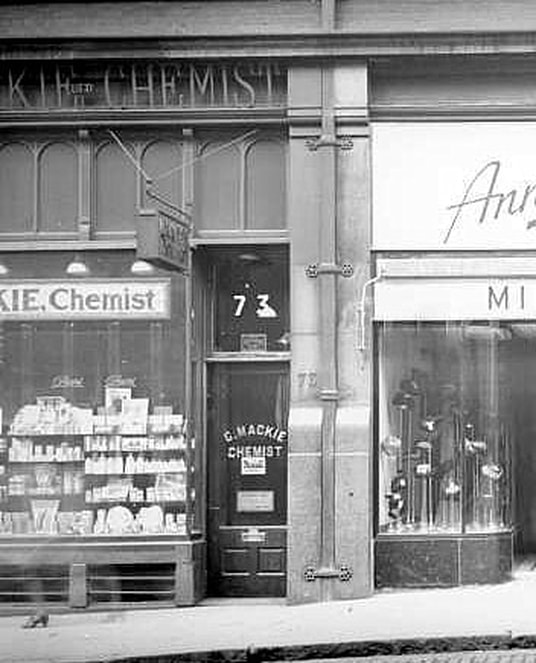
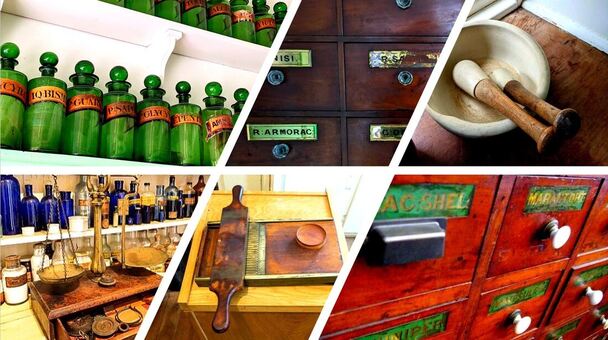

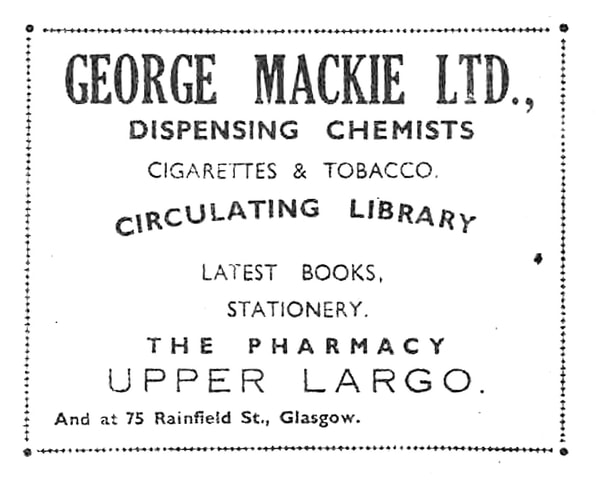
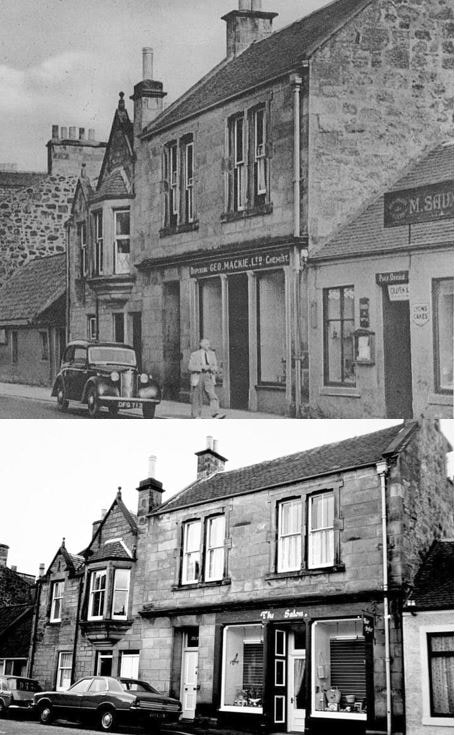
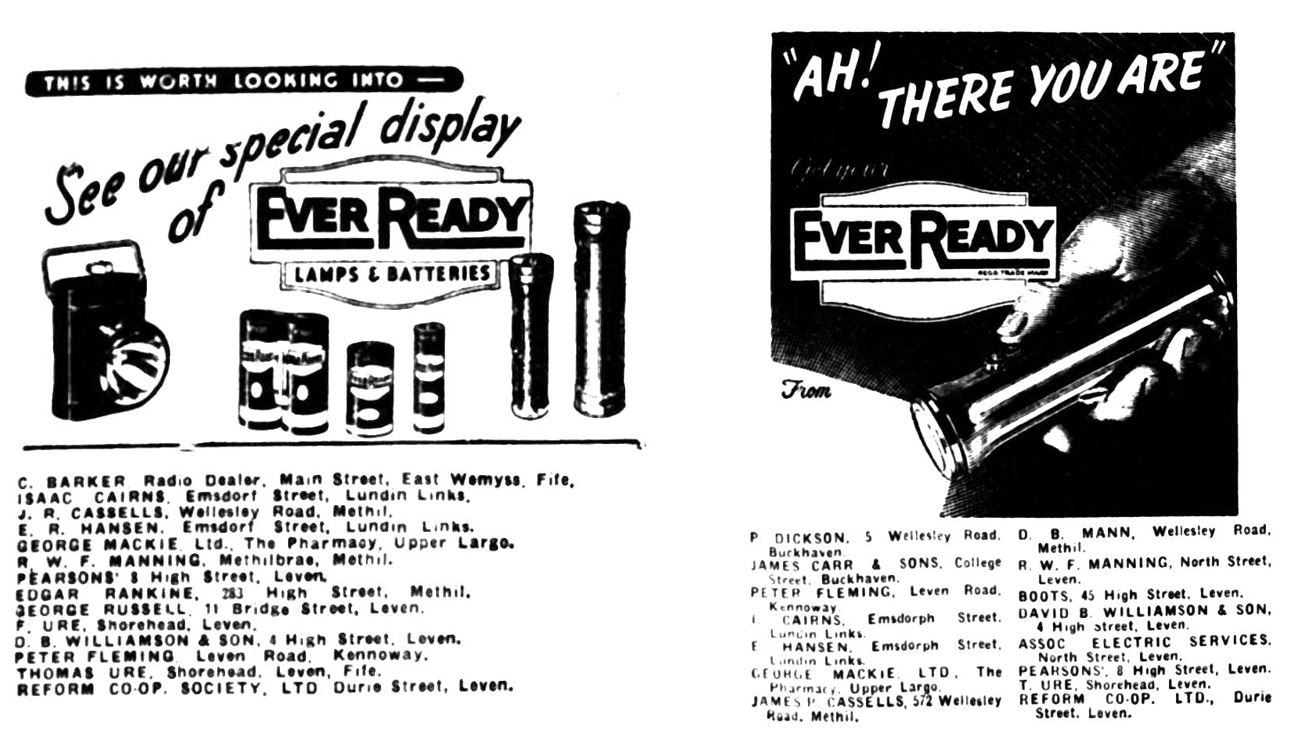

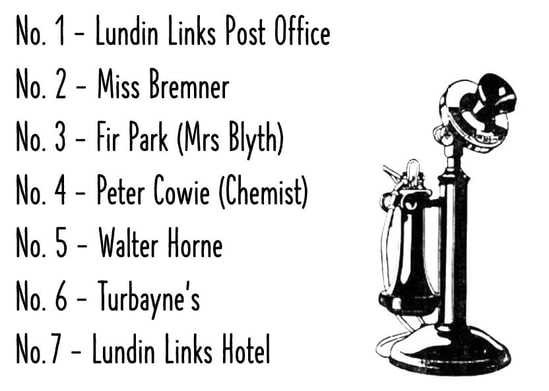
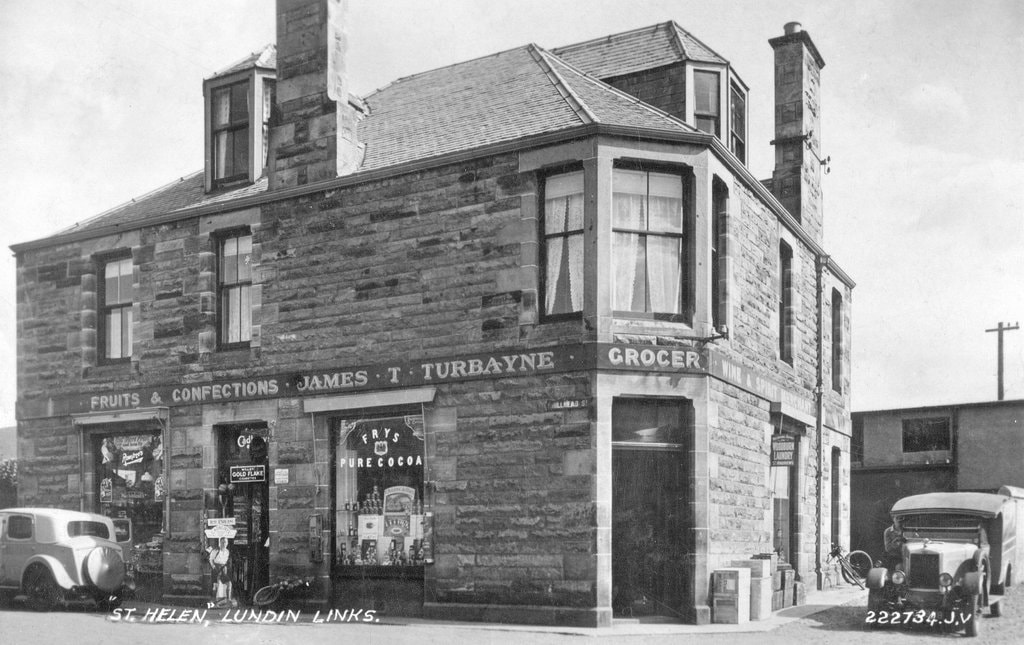
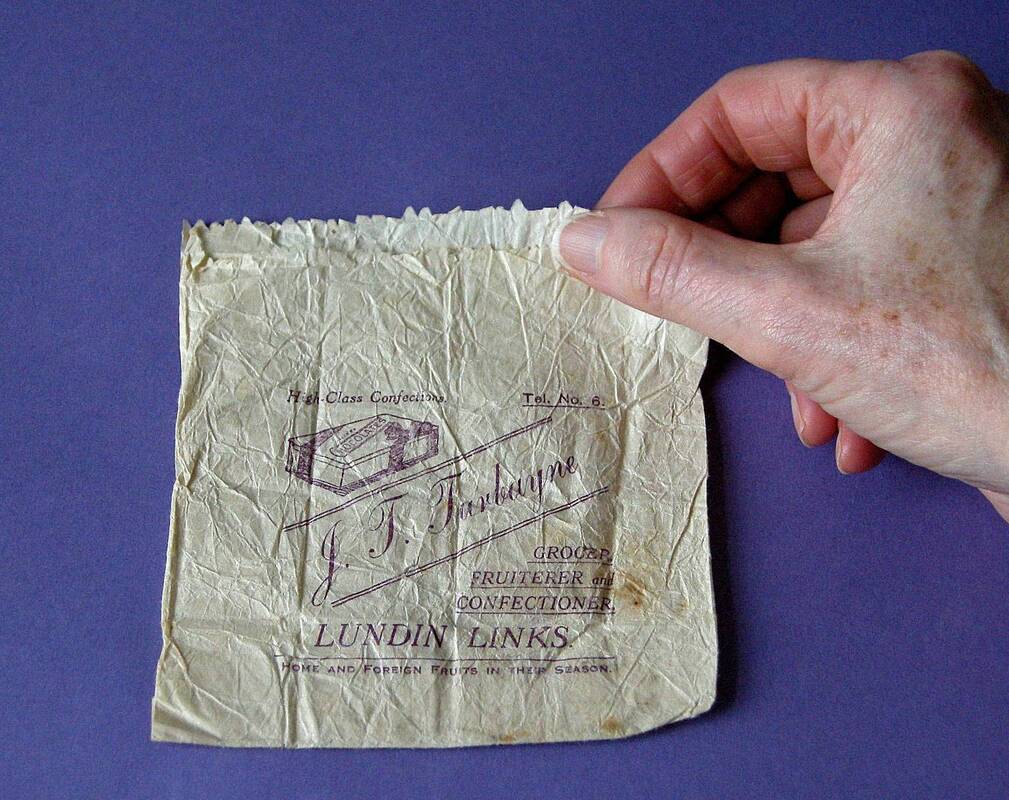

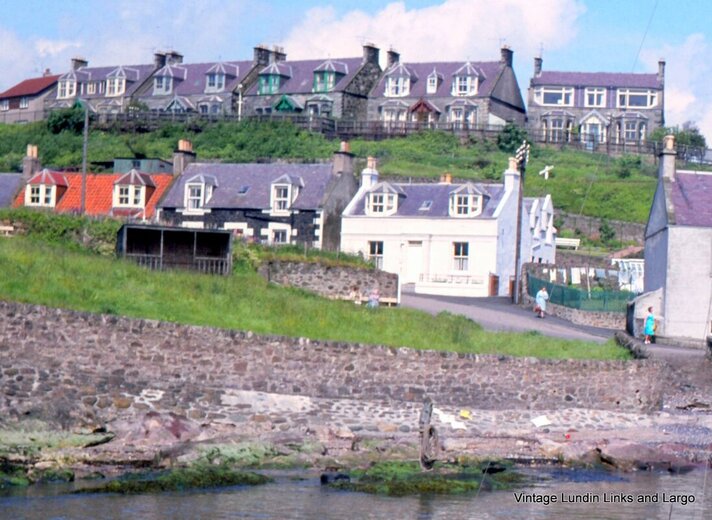
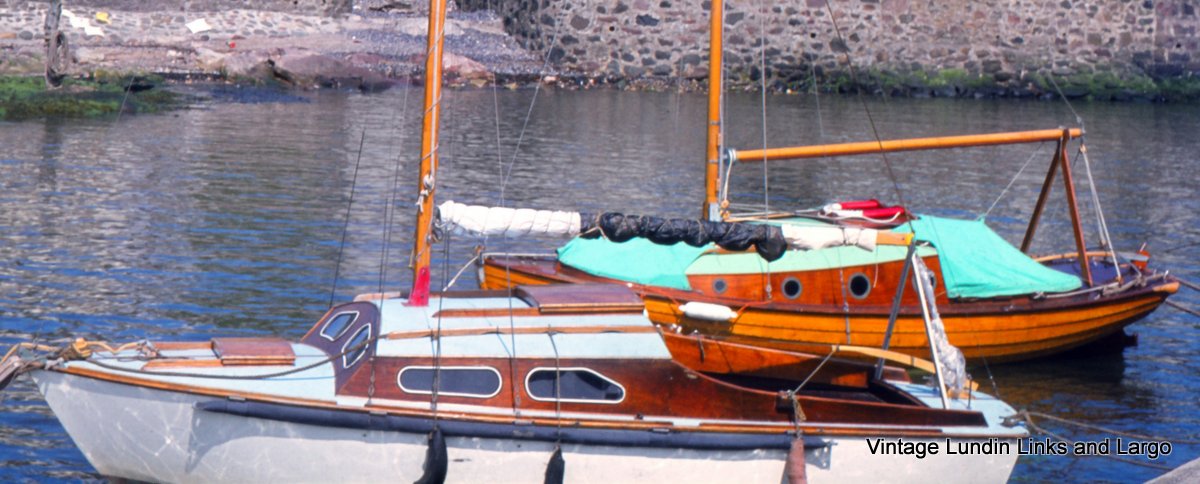
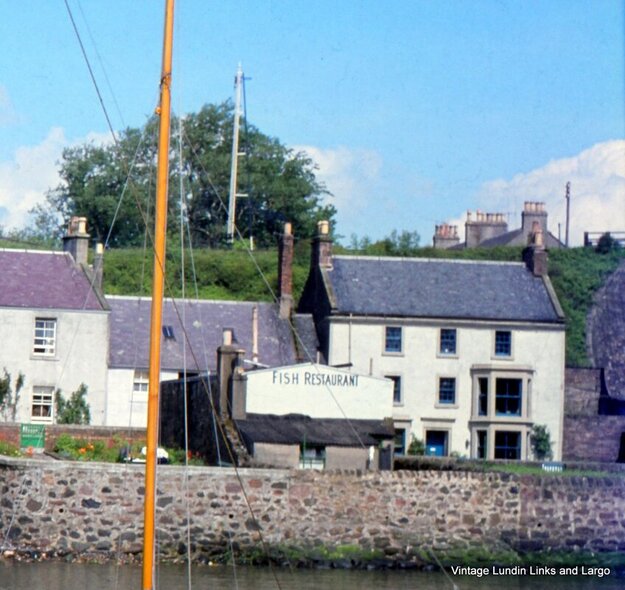
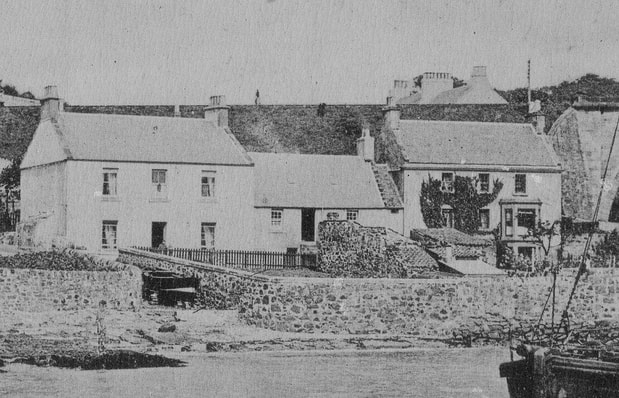
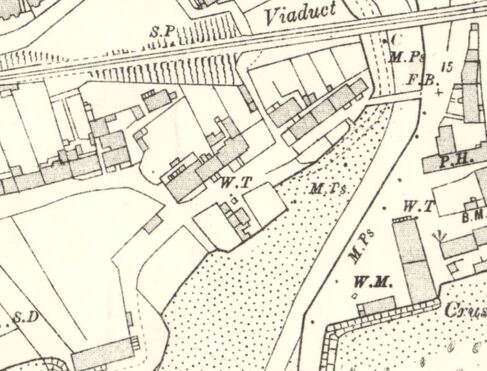
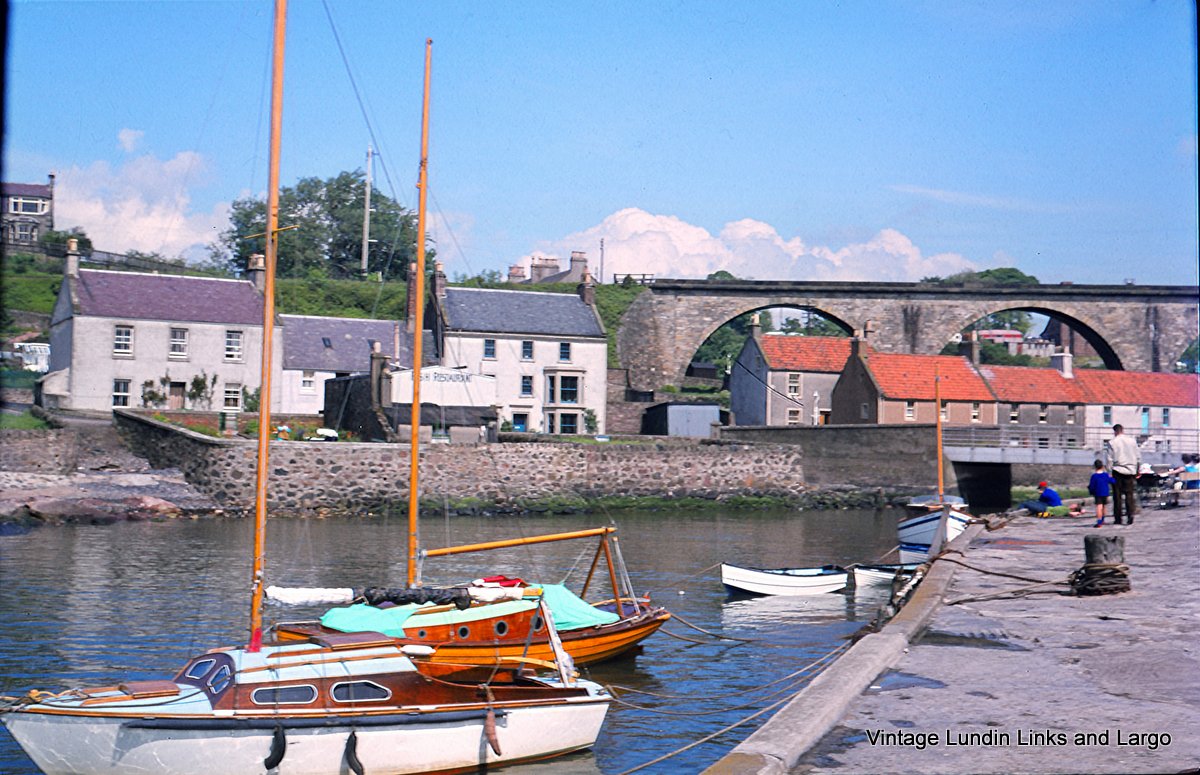
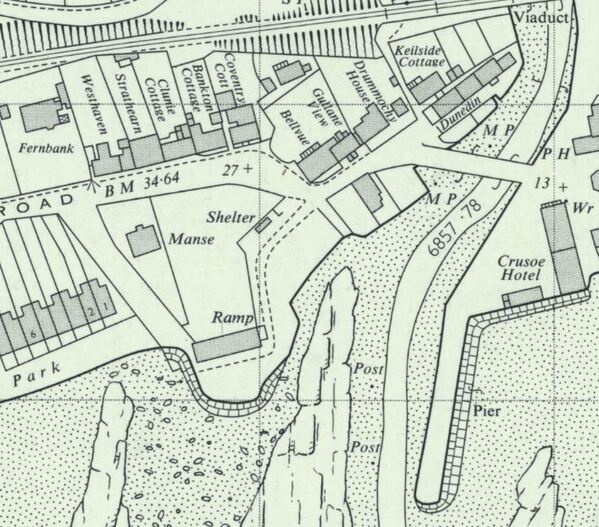
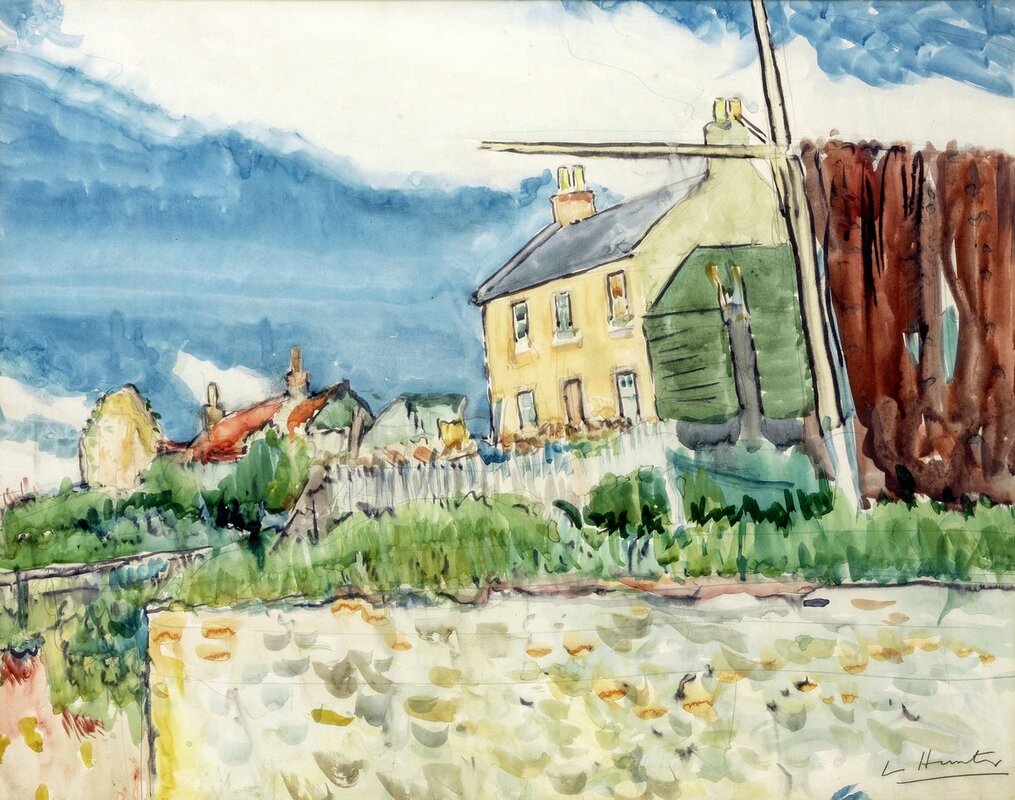
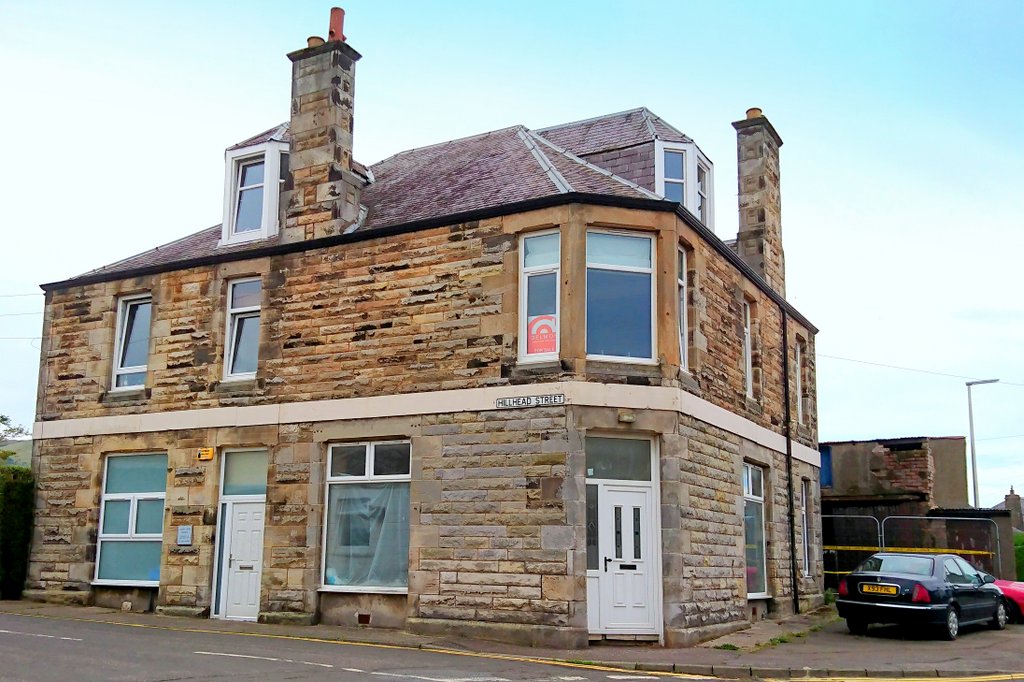
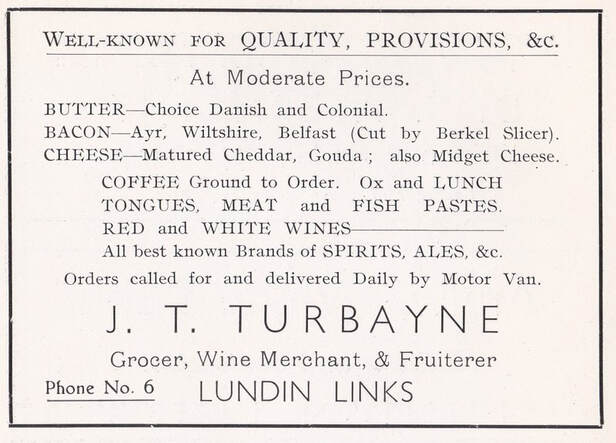
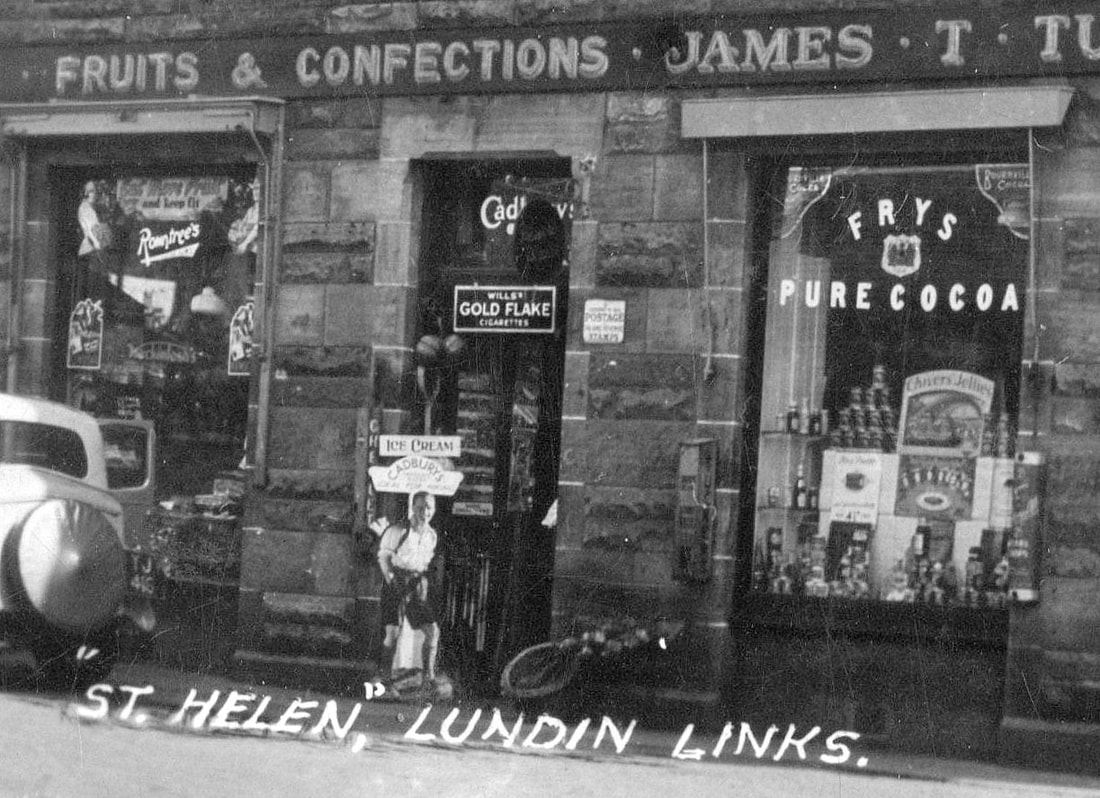
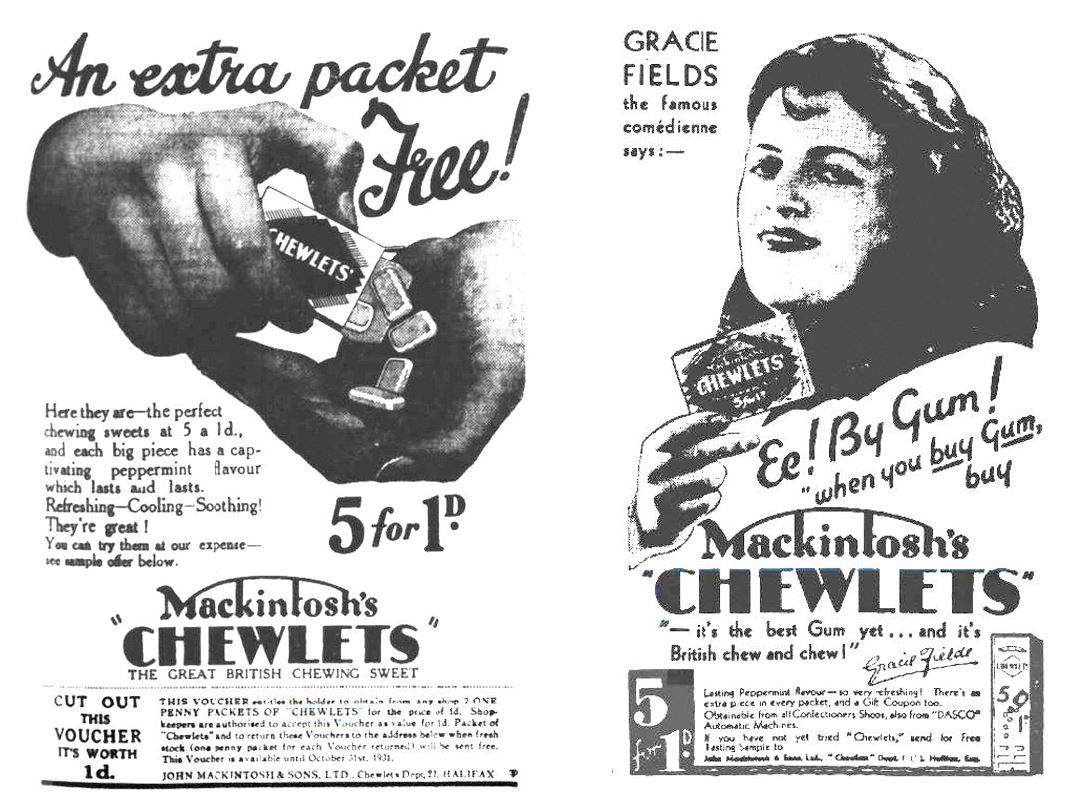
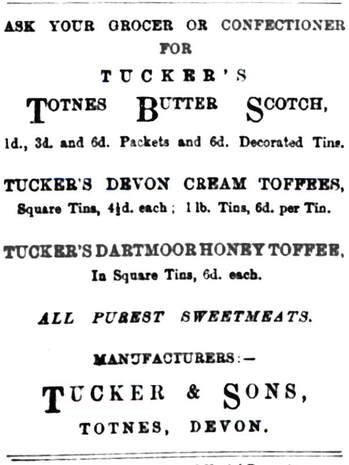

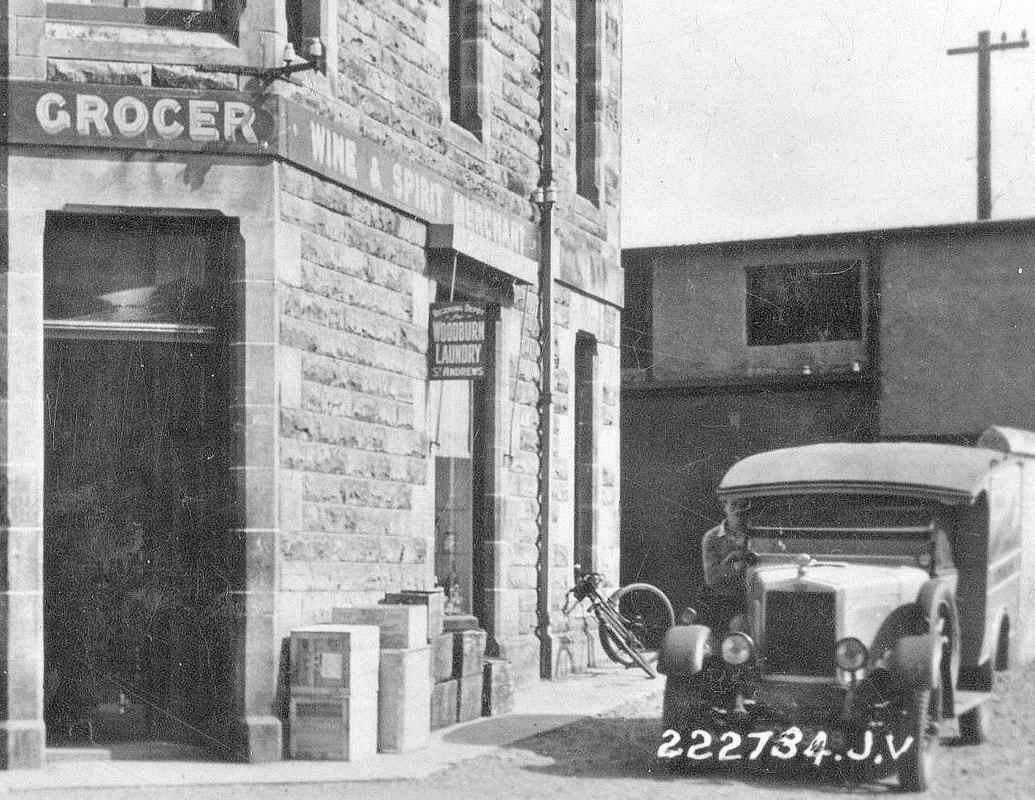
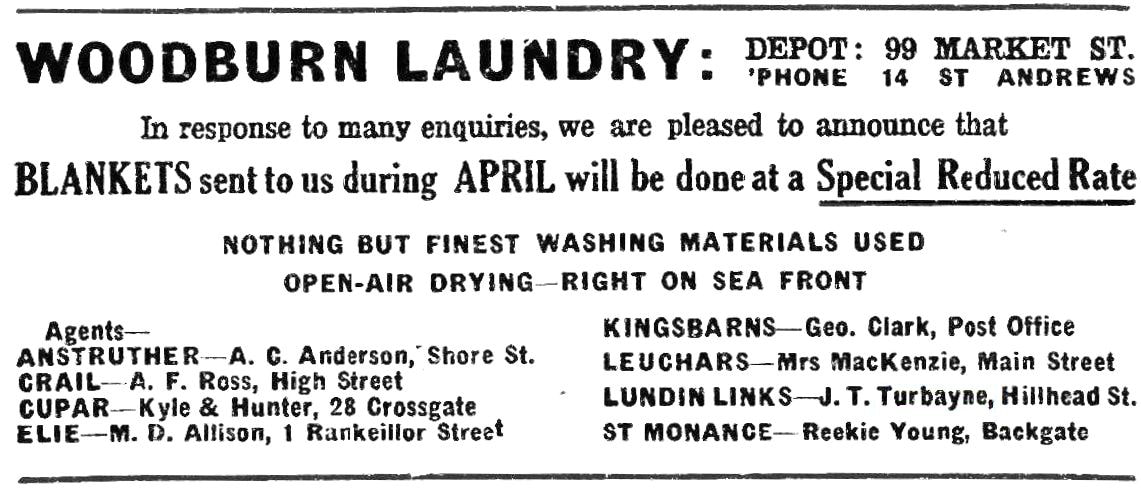
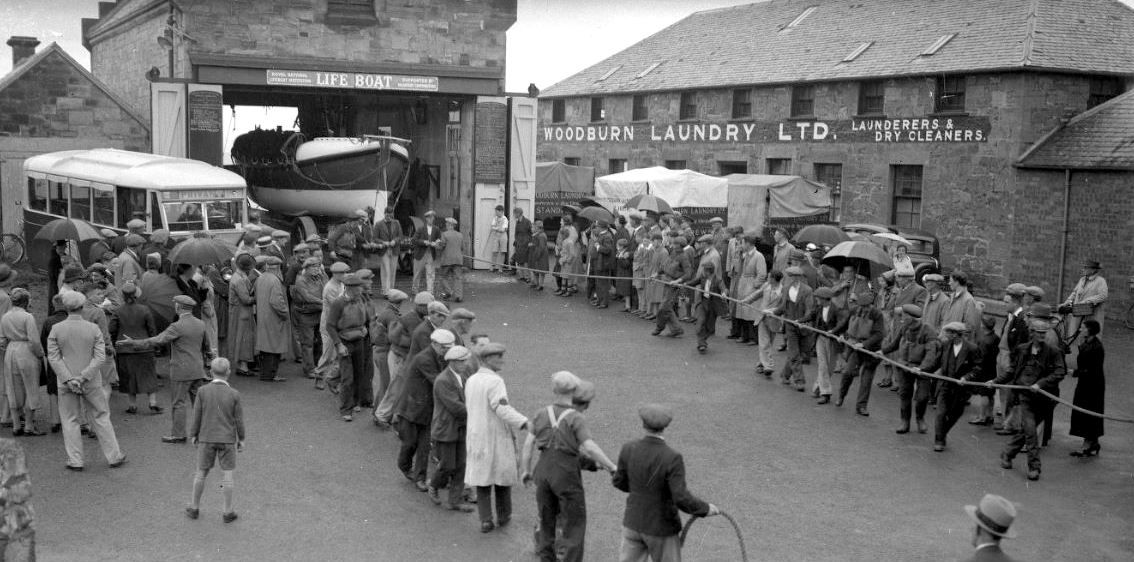
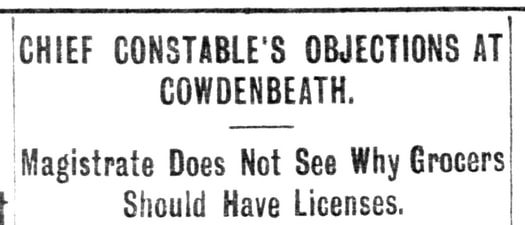
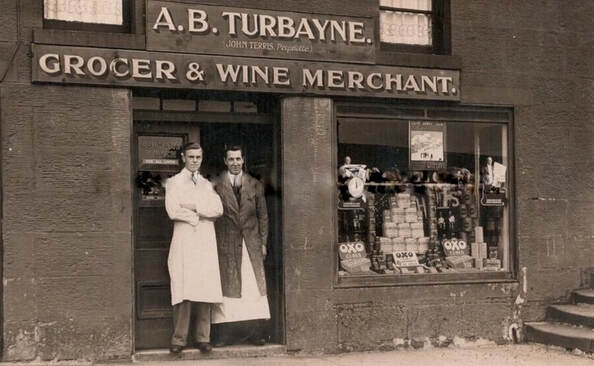
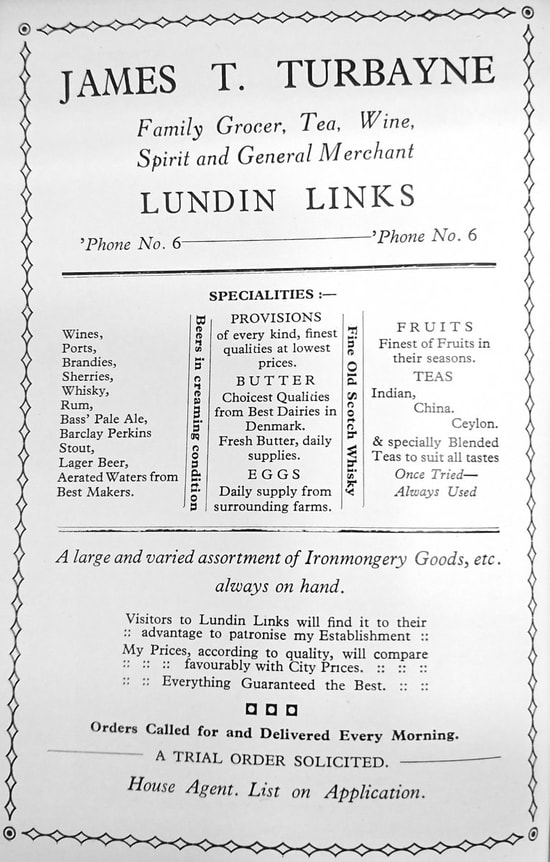
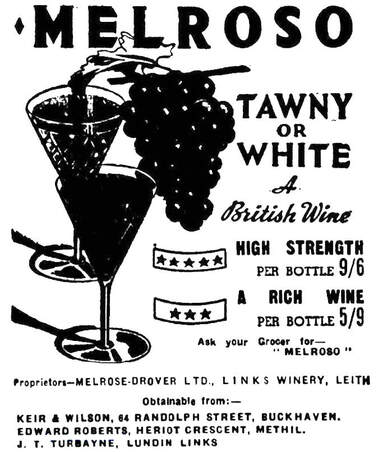
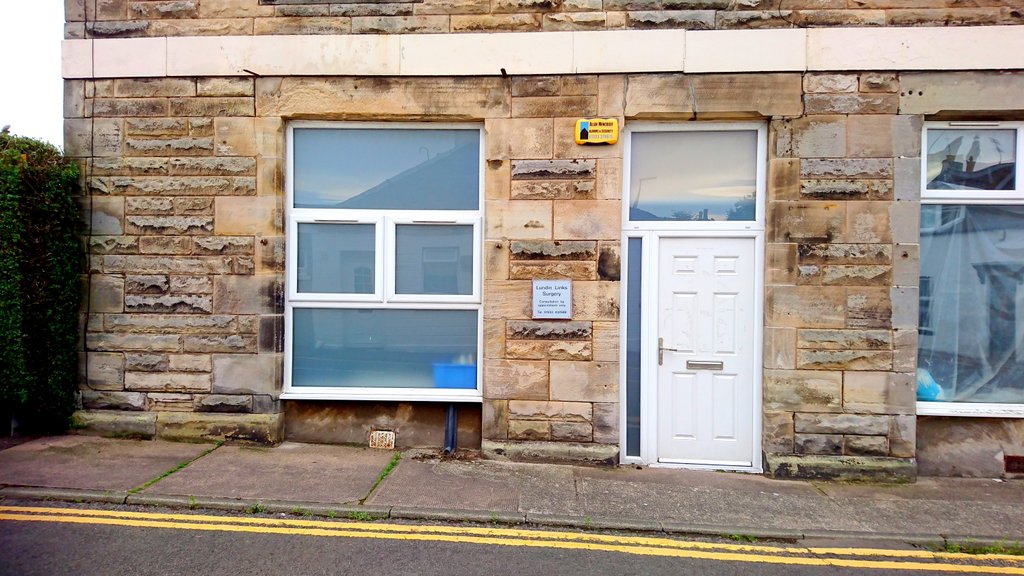
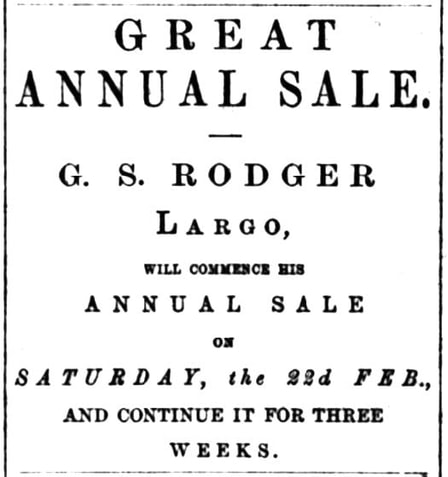
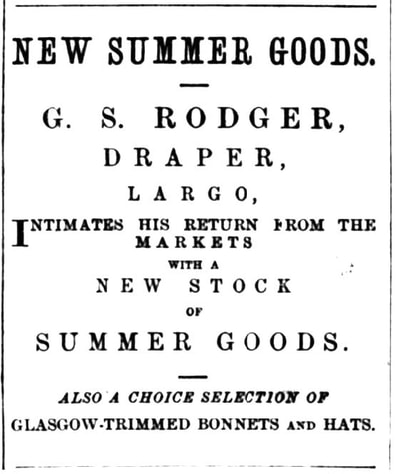

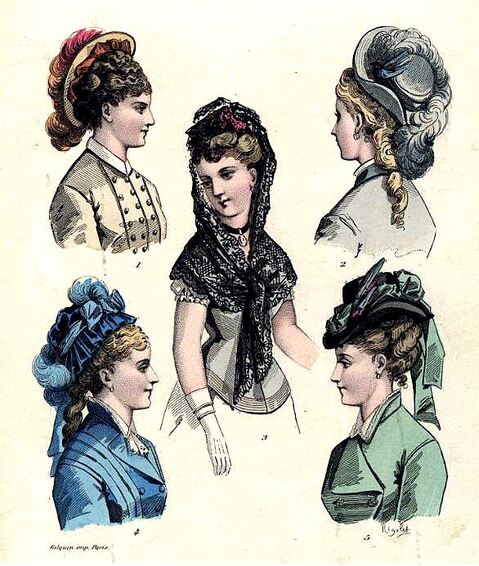
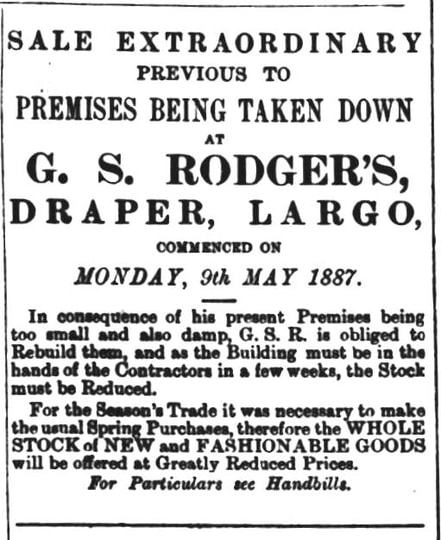
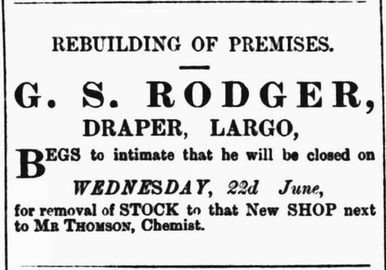
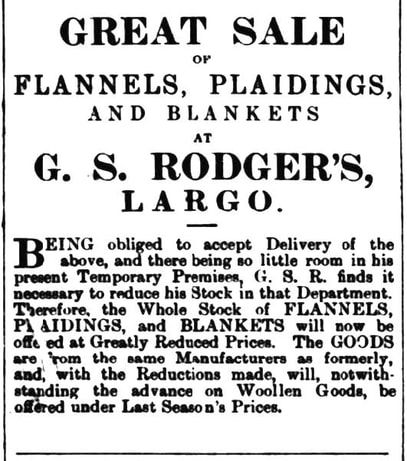
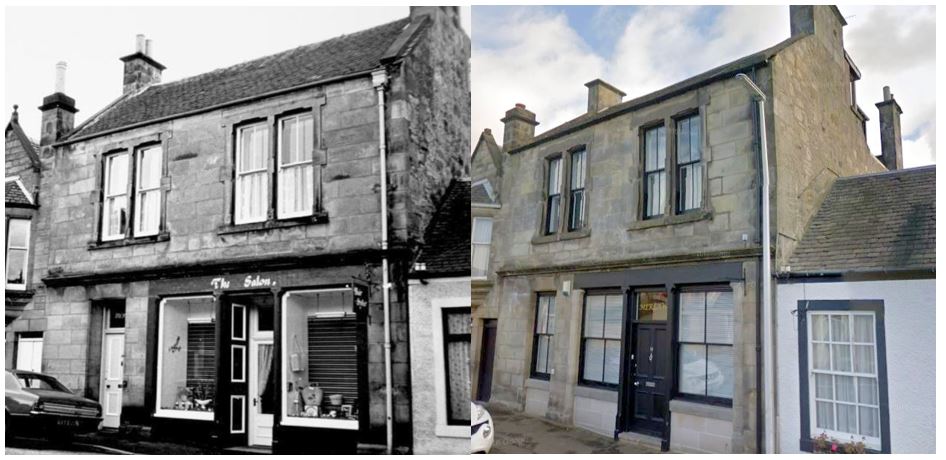
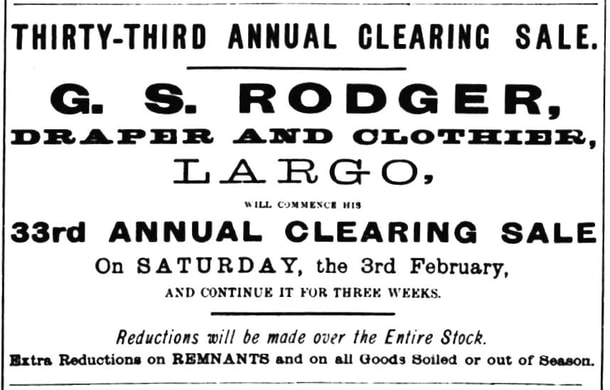


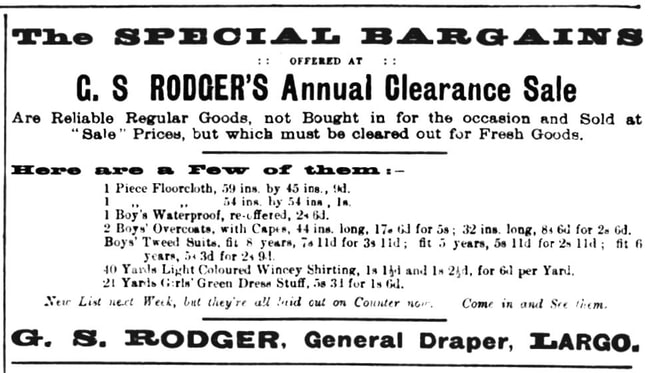
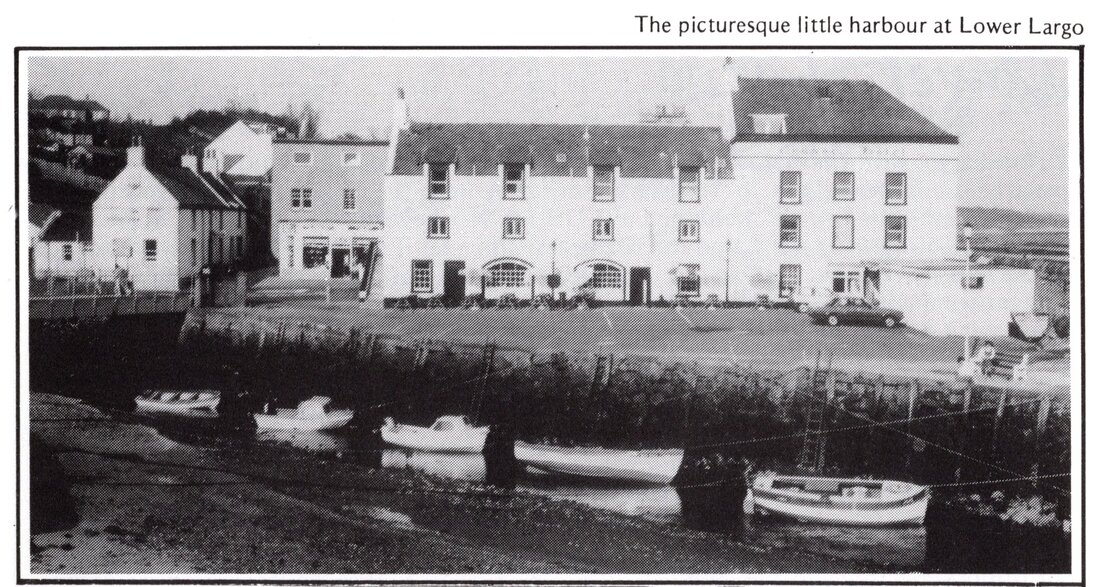
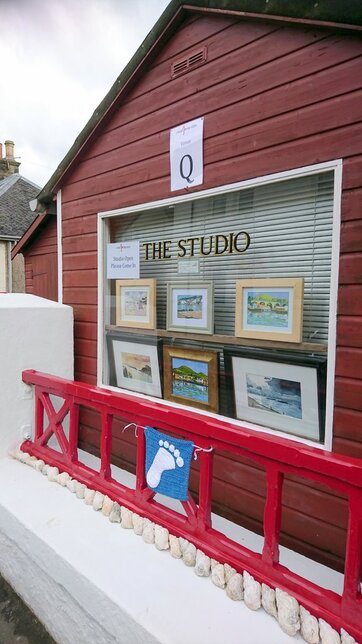
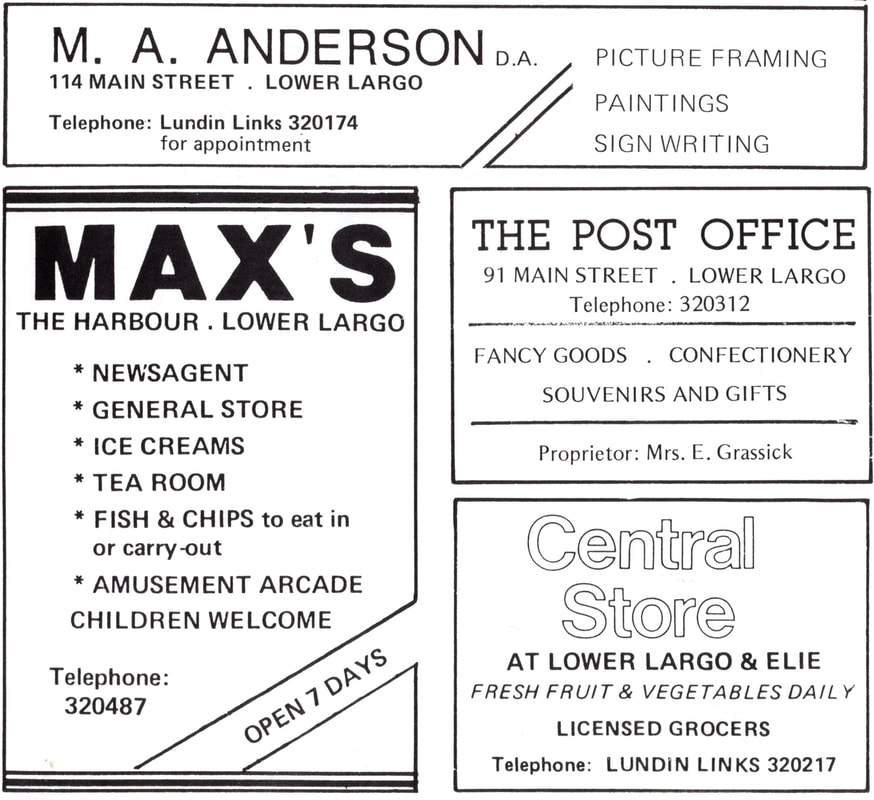
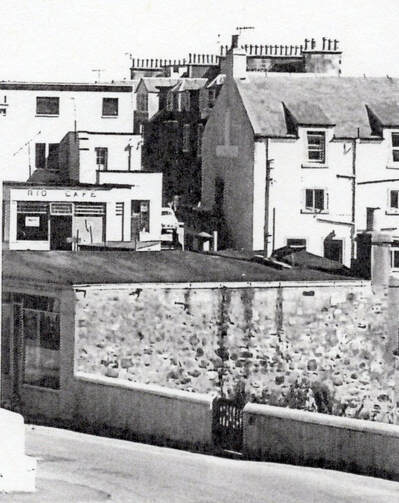
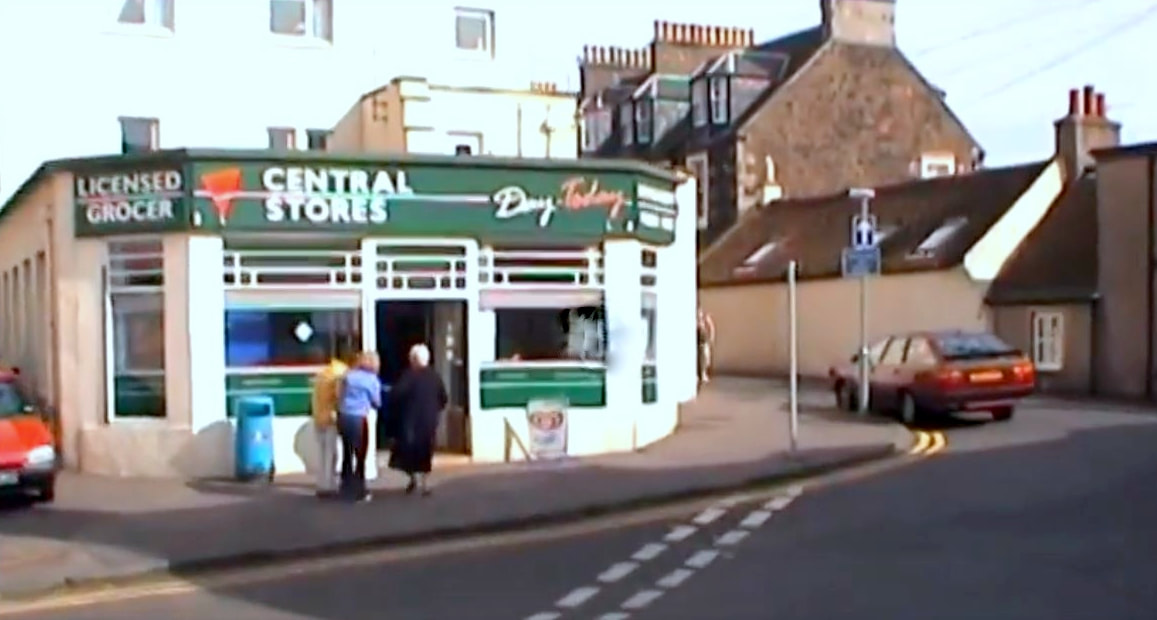
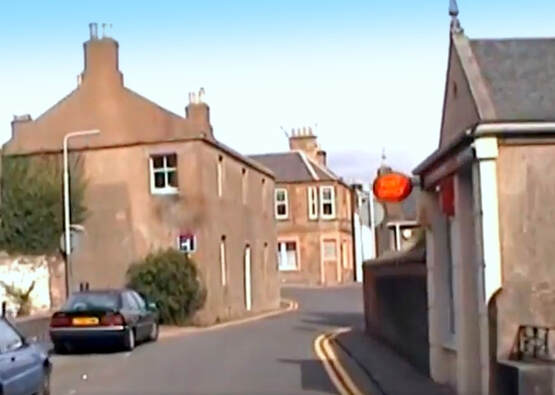
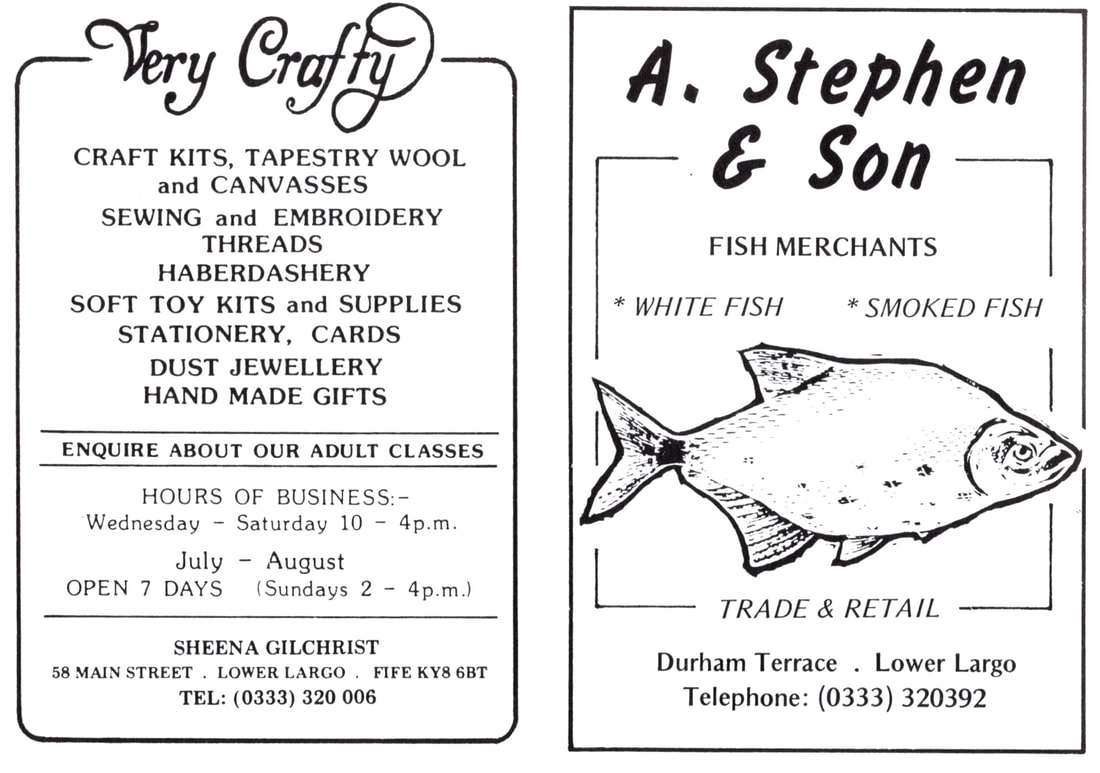
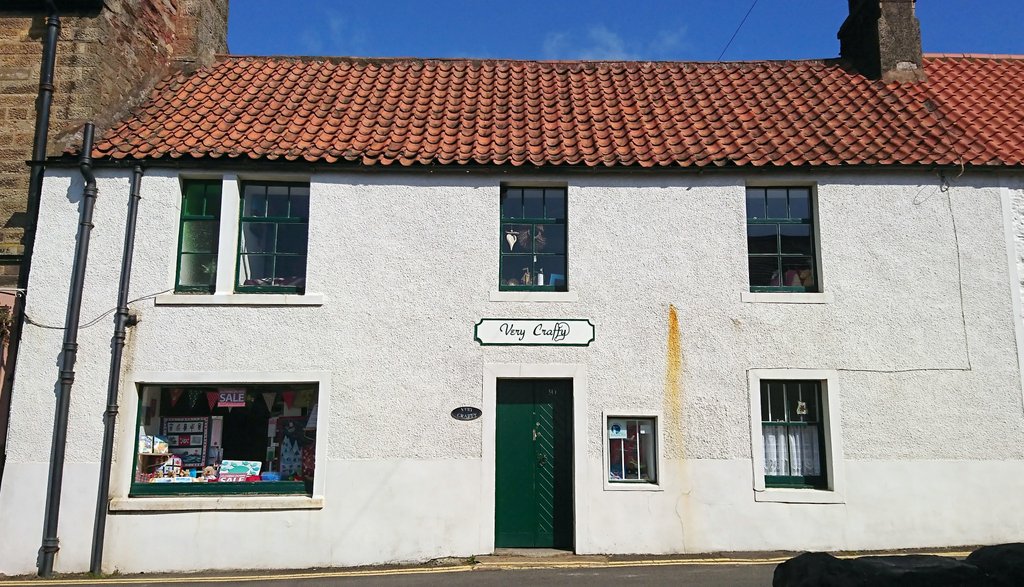

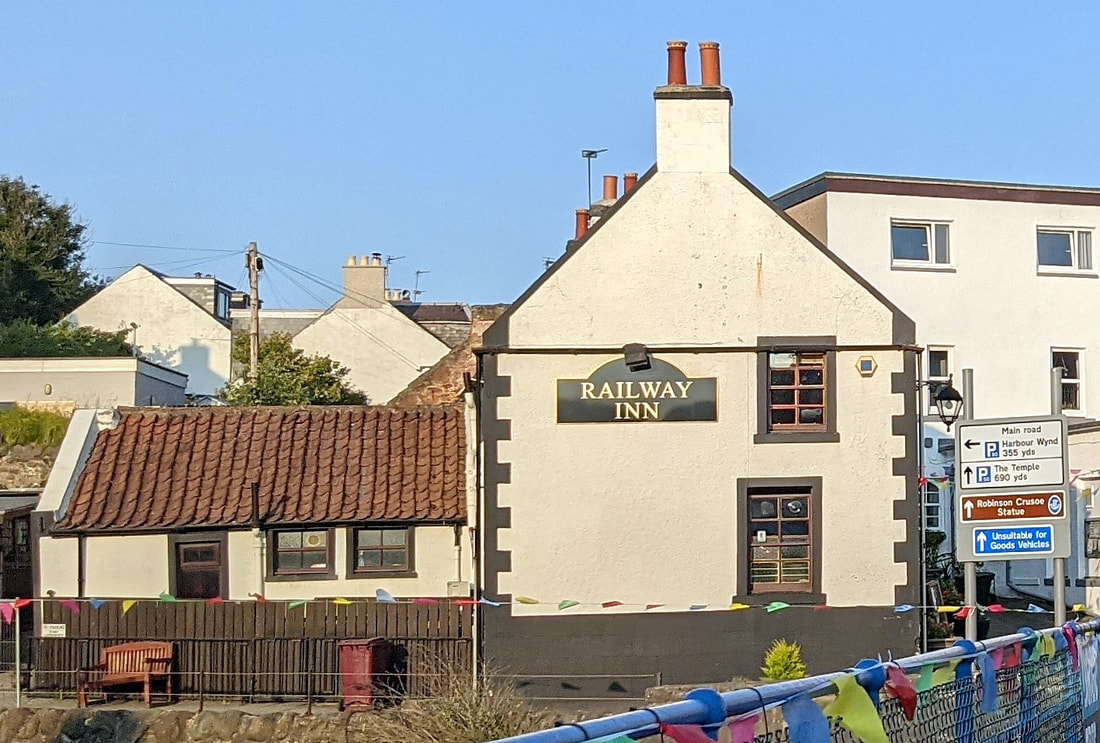
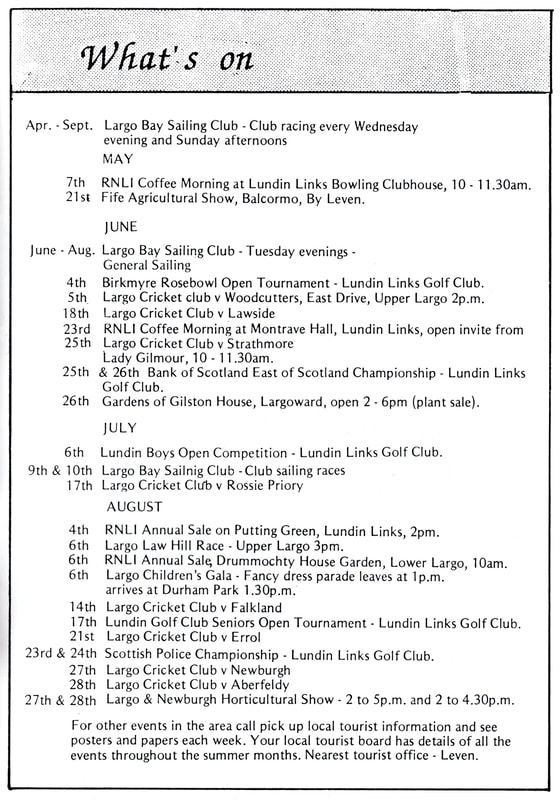
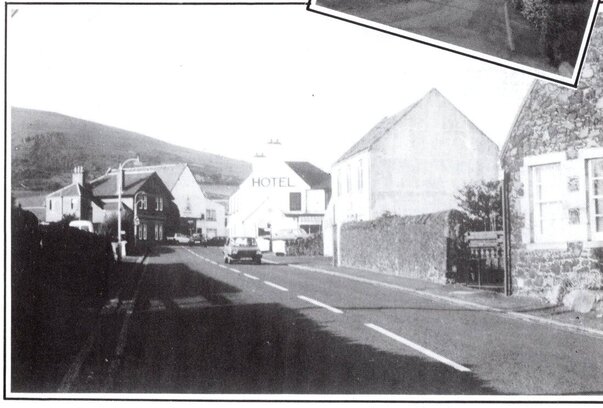
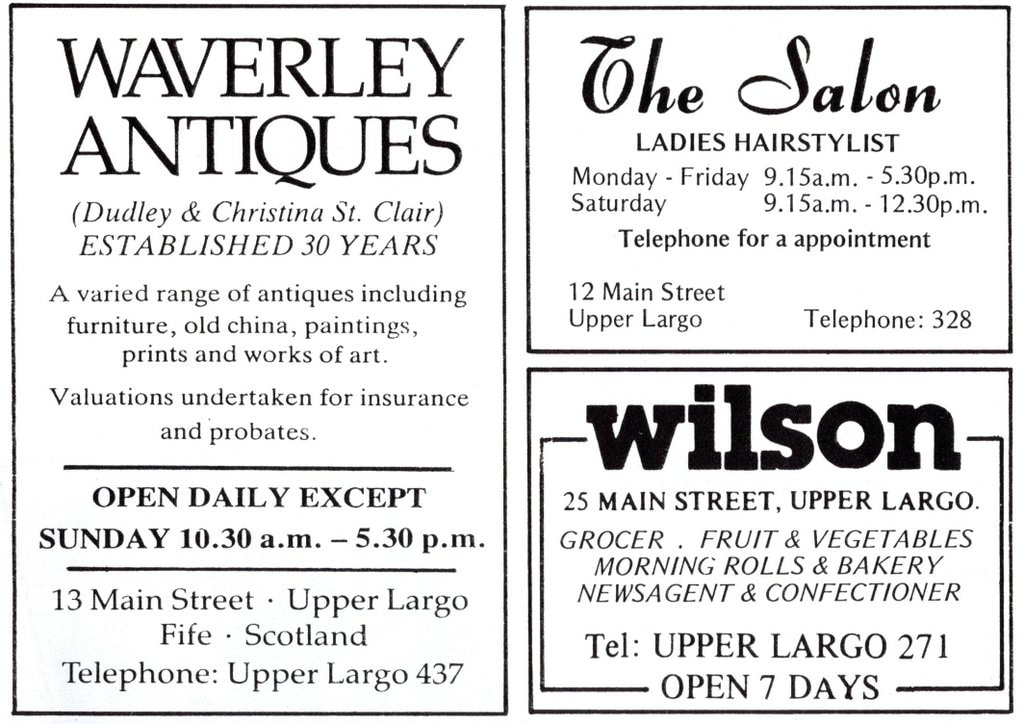
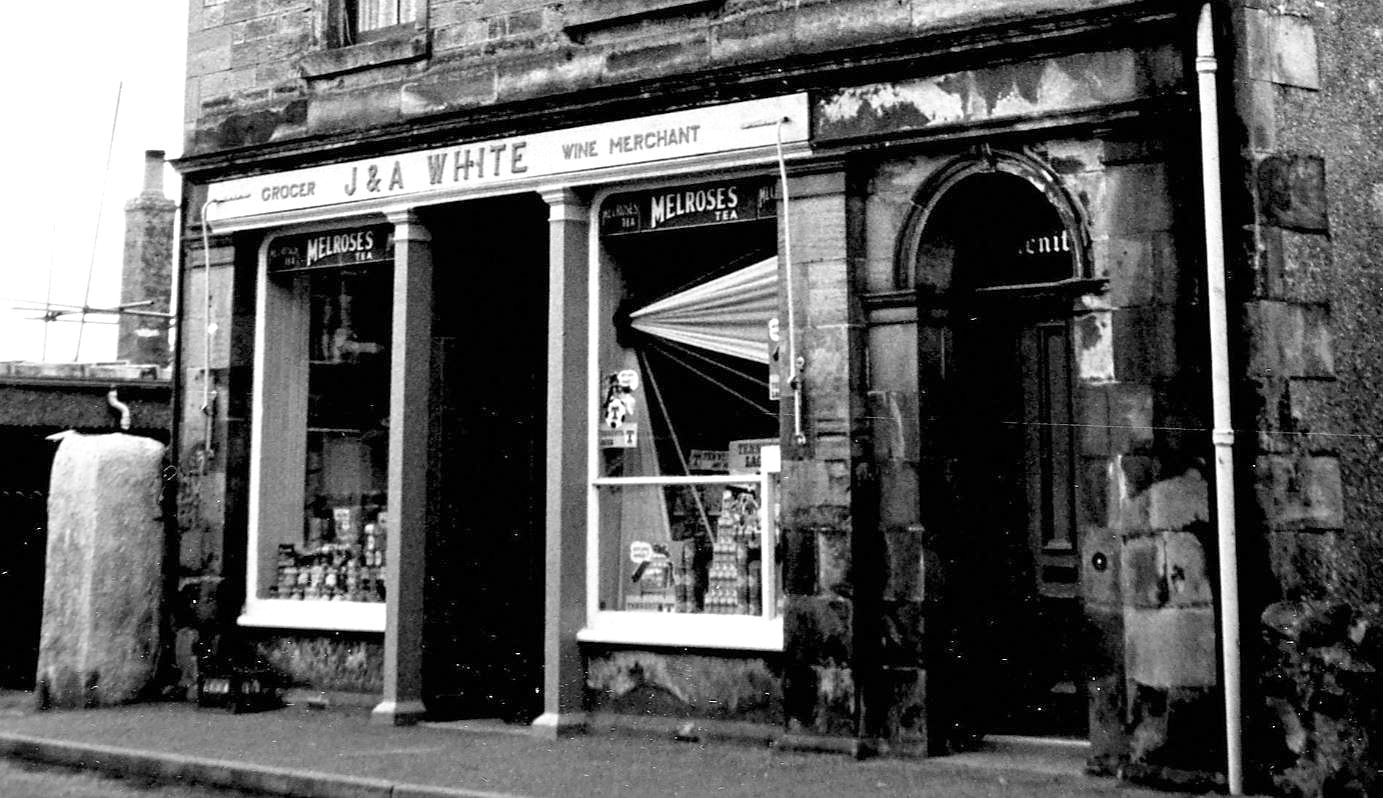
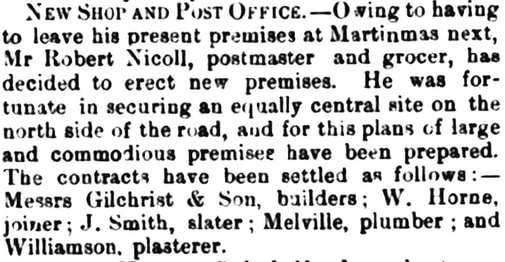
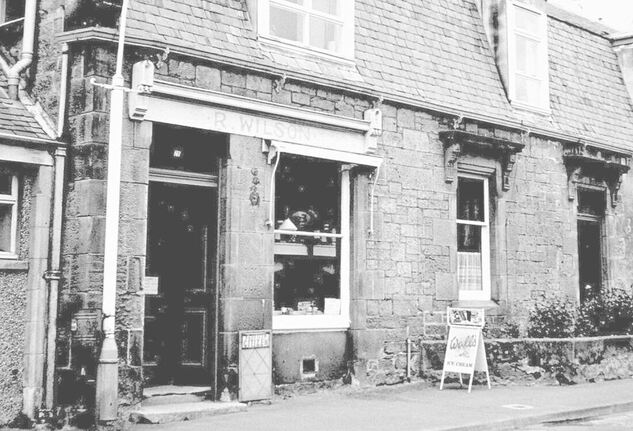
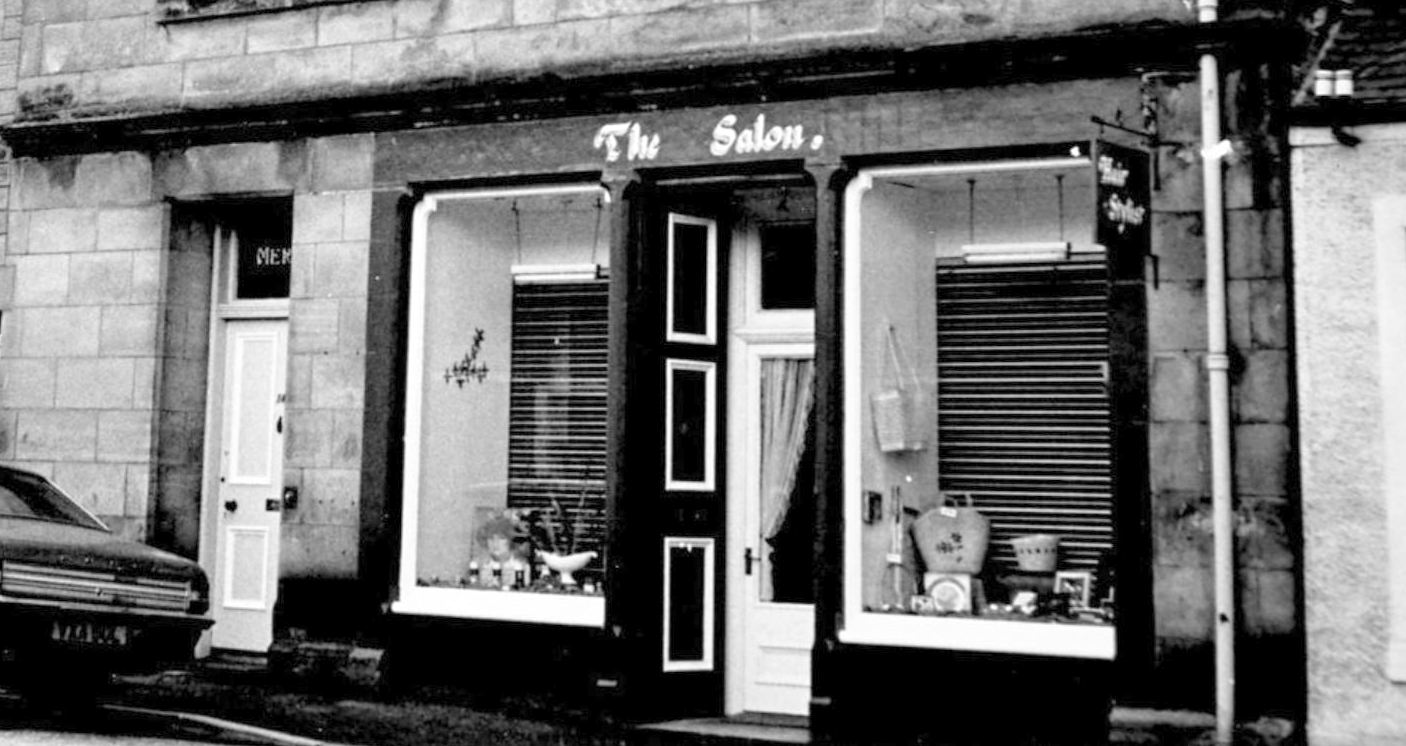
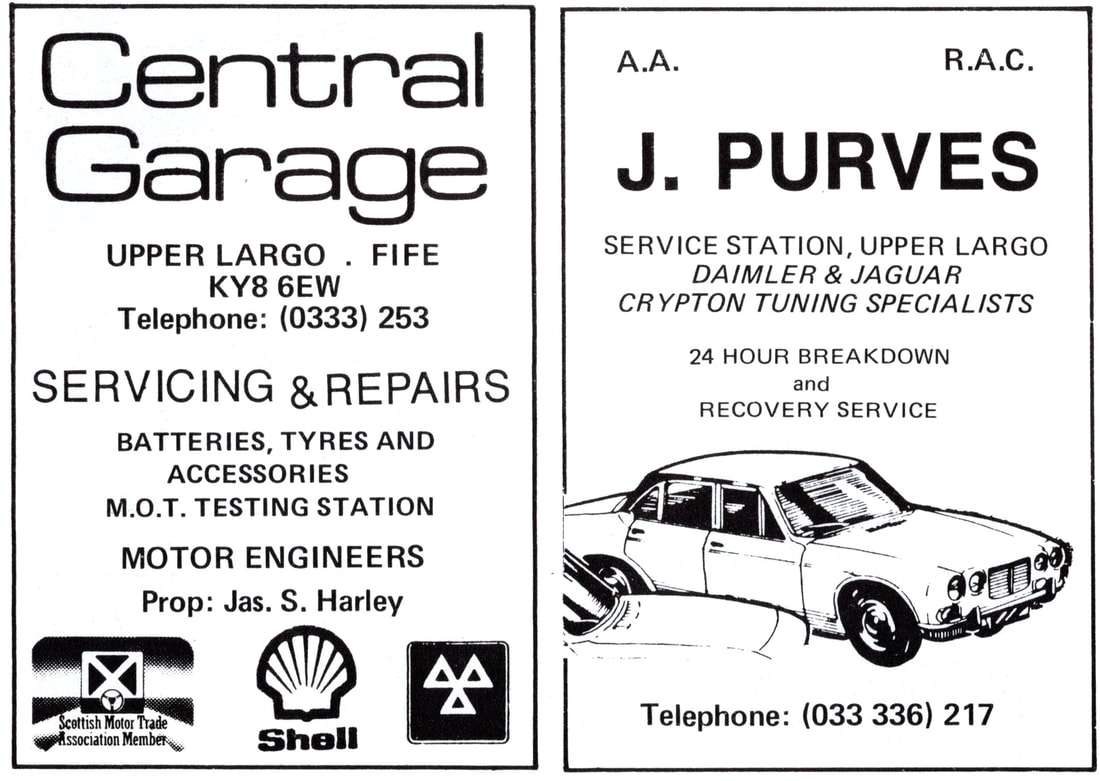
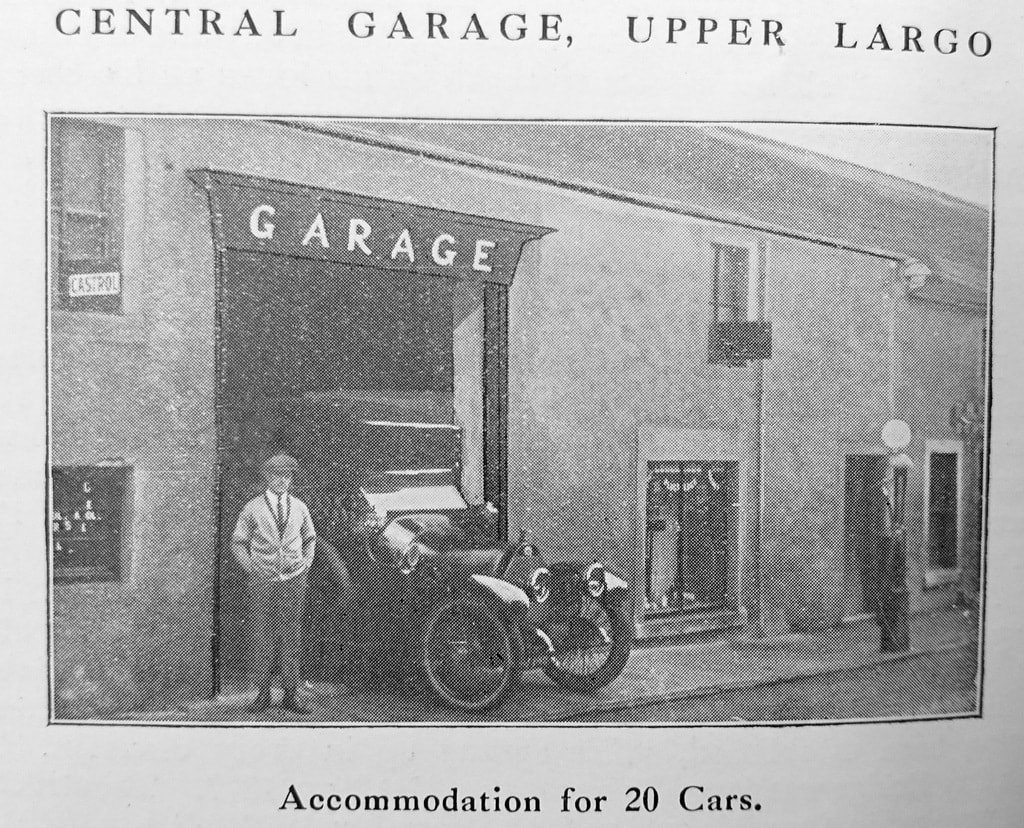
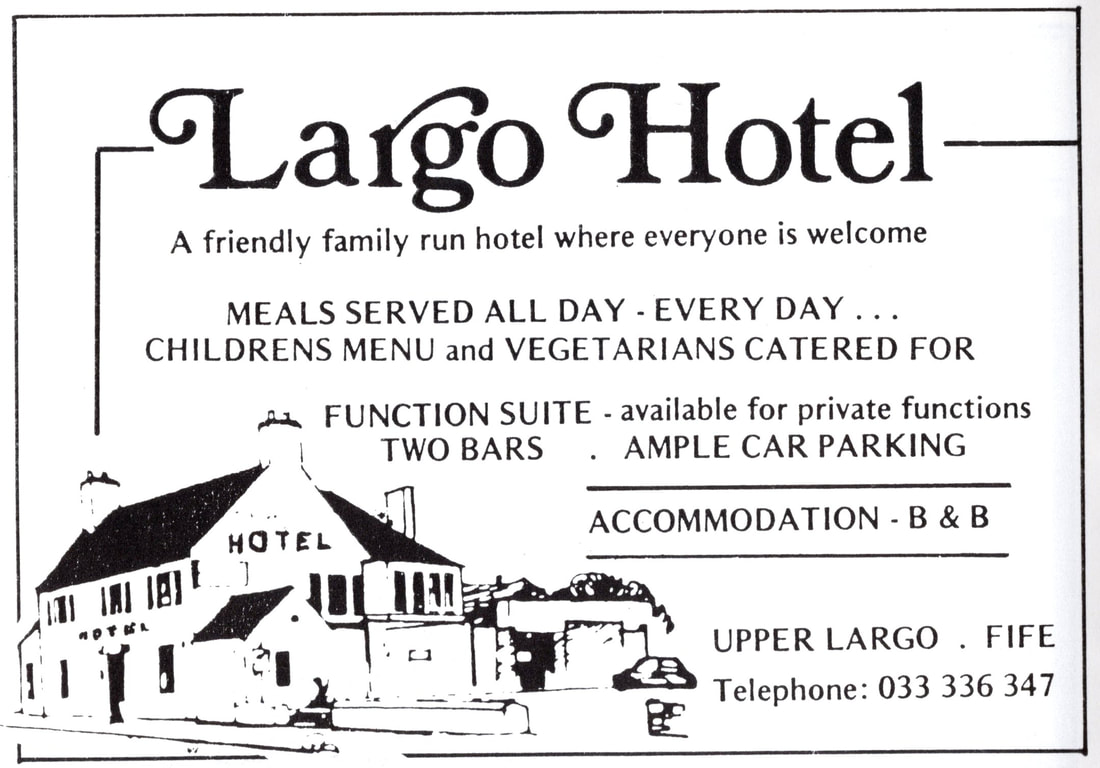
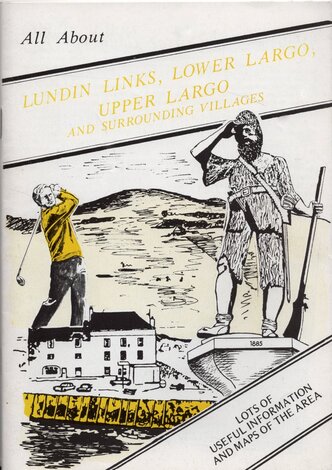

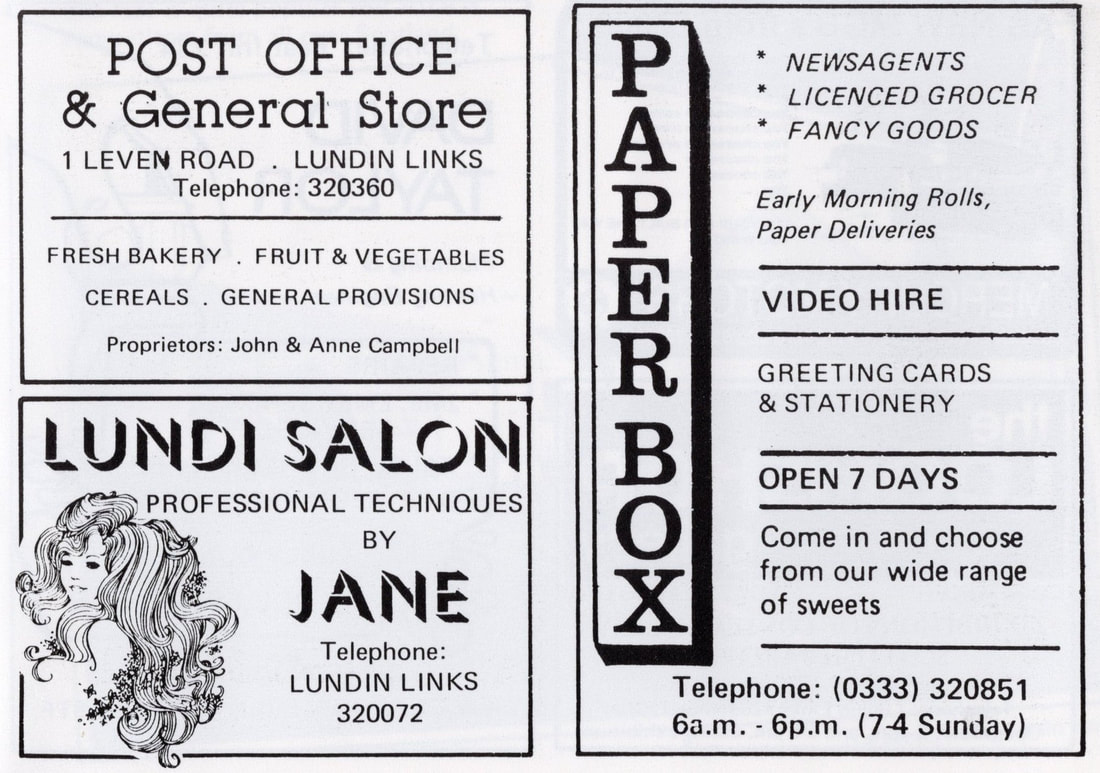
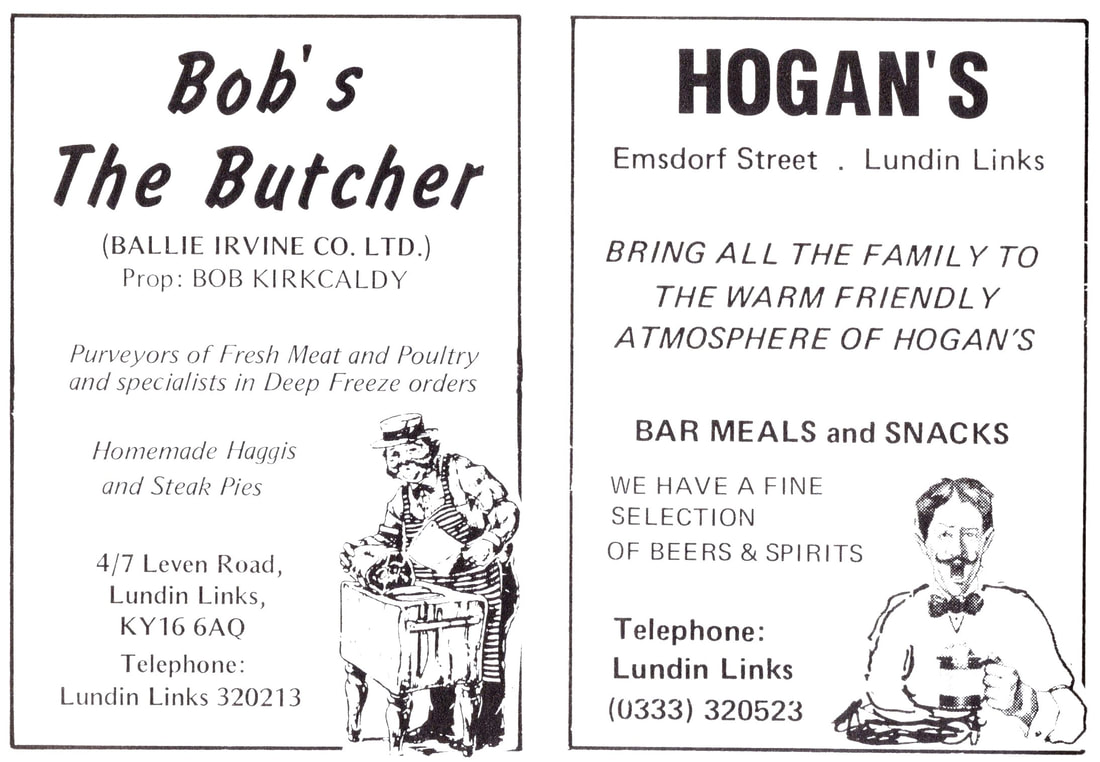
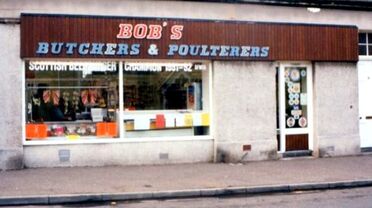
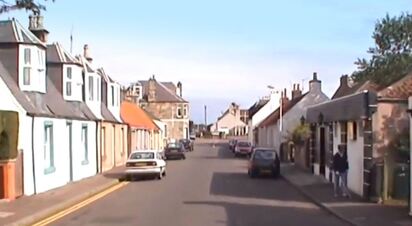

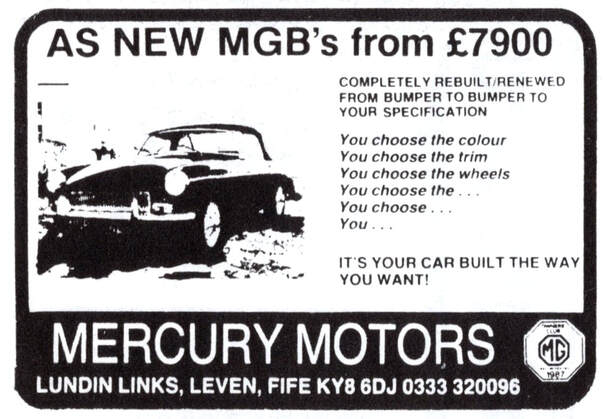
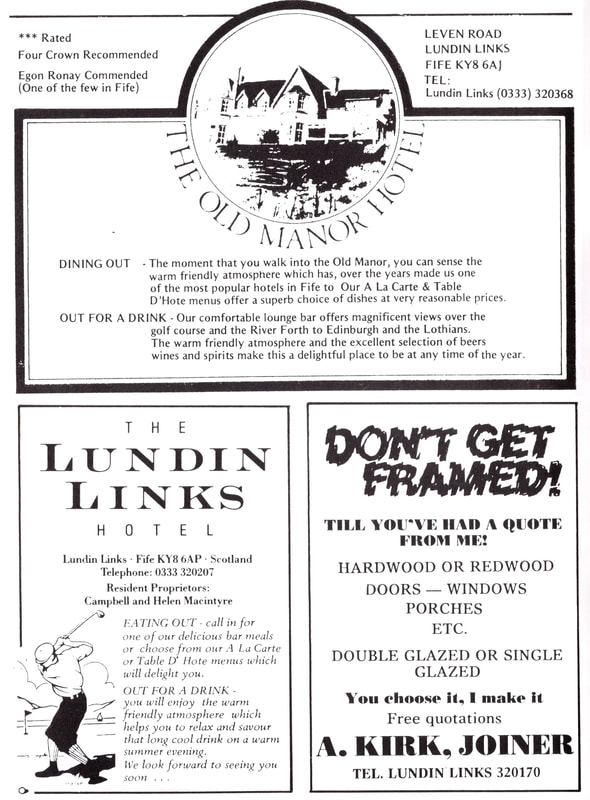
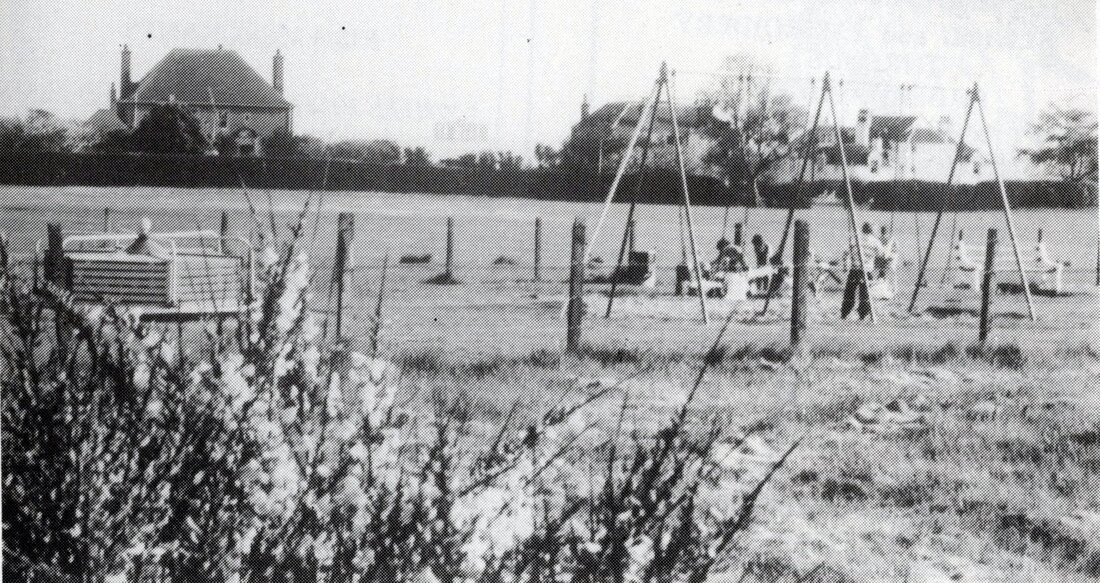
 RSS Feed
RSS Feed
